It’s thirty-five degrees in New York City, peak summer. The streets swelter; the air feels thick. Everyone has taken refuge indoors, it seems, but Aslan Malik is outside, scaling an iron ladder to the roof of his Kips Bay apartment. “You can see the Empire State Building from here,” he calls down, “And the Chrysler Building.”
Exploring, as it happens, is what Aslan does best. A native of Berlin, his work as a designer, art director, and illustrator – with clients include BMW, Nike, MINI, and Absolut – has taken him around the globe. He is thus a near-constant and enthusiastic traveler. In just a few short years, he has called five major international cities home; inhabited nearly a dozen apartments; owned four cats; and survived a handful of both large and small-scale disasters, including two hurricanes, a flood, and the 2011 Tohoku earthquake in Japan.
To many this might constitute a lifetime of adventure. But Aslan shows no signs of slowing down. After two years and four days in New York, he’s en route to Beijing for work – but, he says, he’ll be back. “The first day I got to NYC, it wasn’t like I was experiencing a new world,” he reflects. “It felt more like home than my hometown. It felt like I’d been here all my life.” He stops, looks around. “No other city has given me that.”
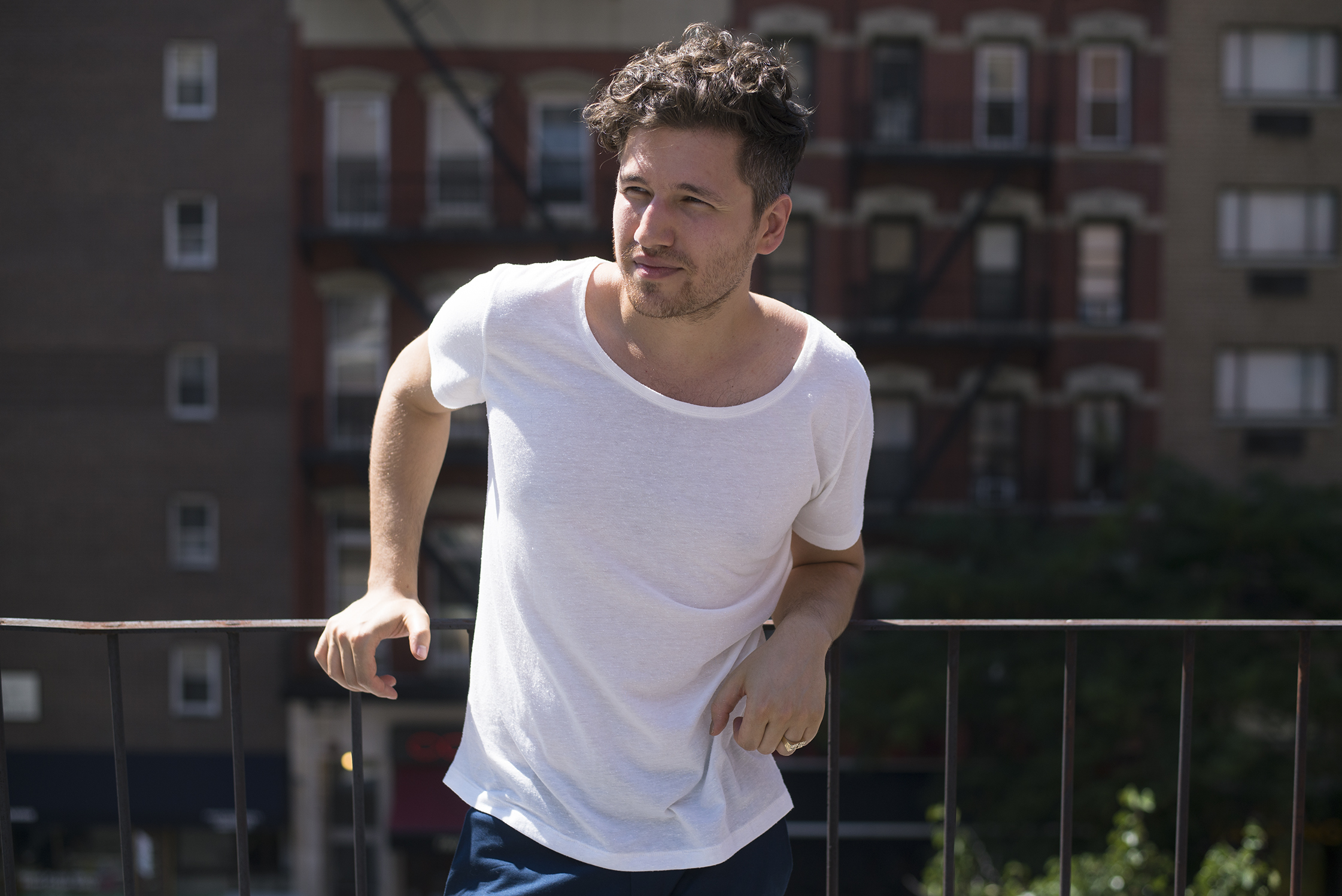
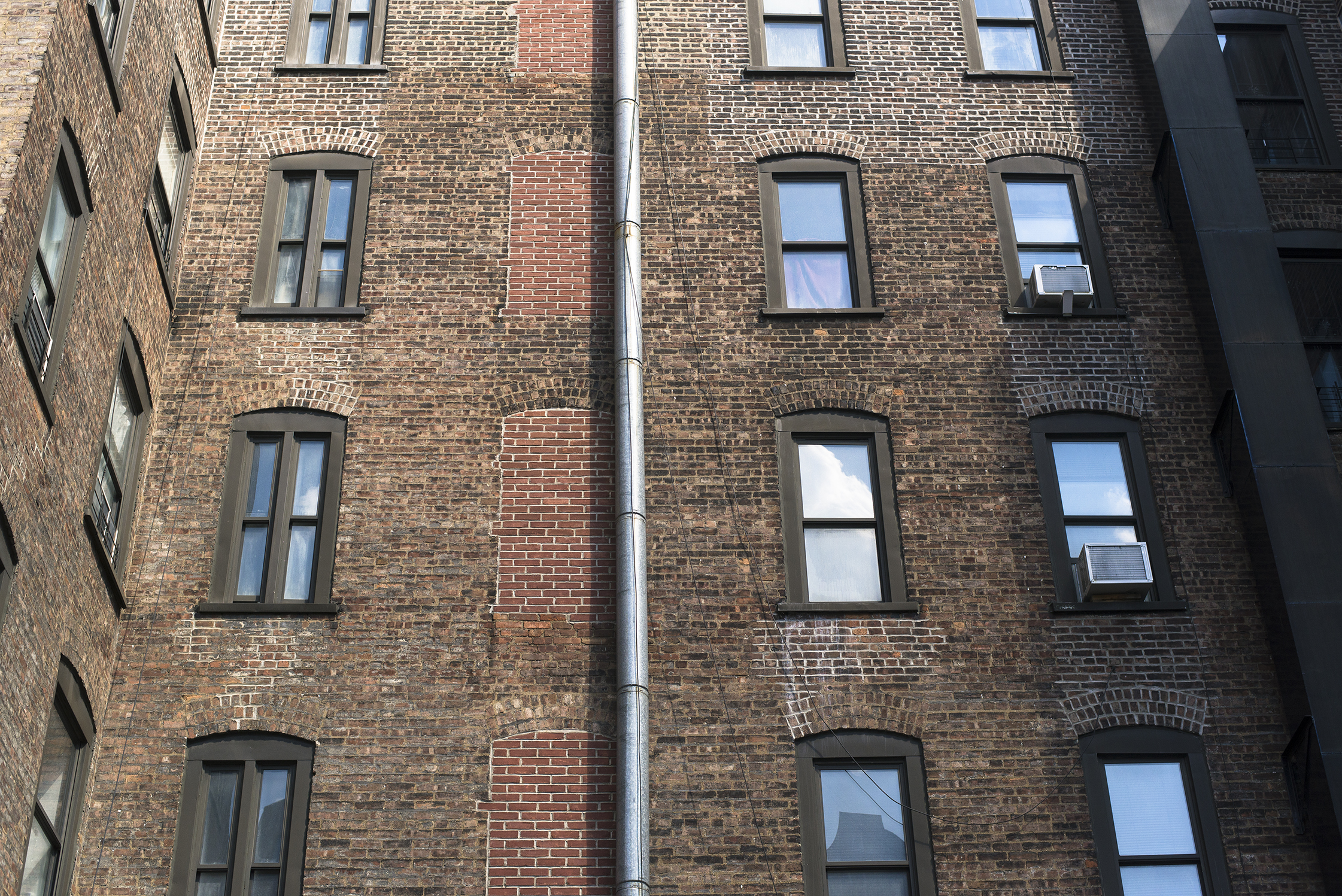
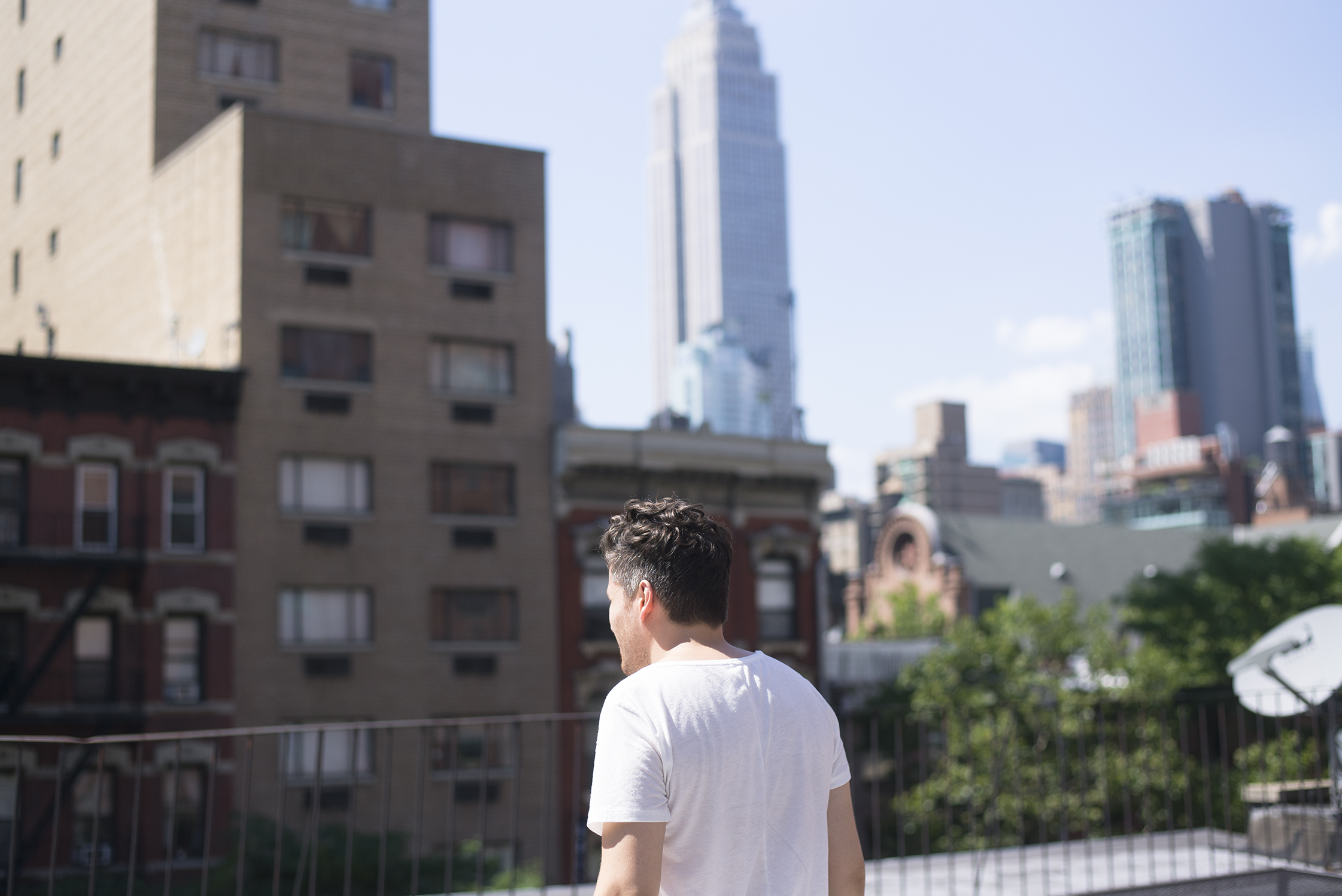
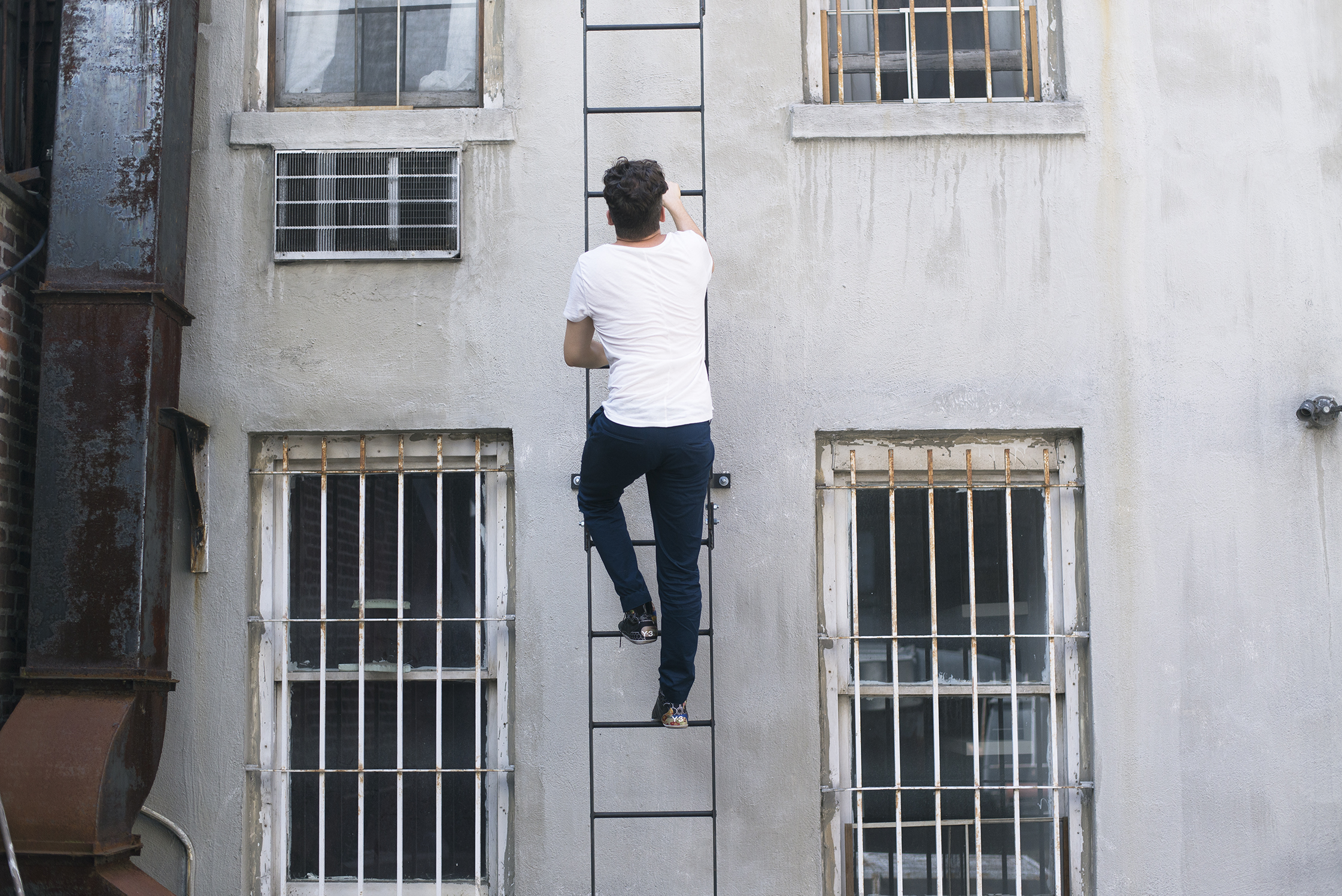
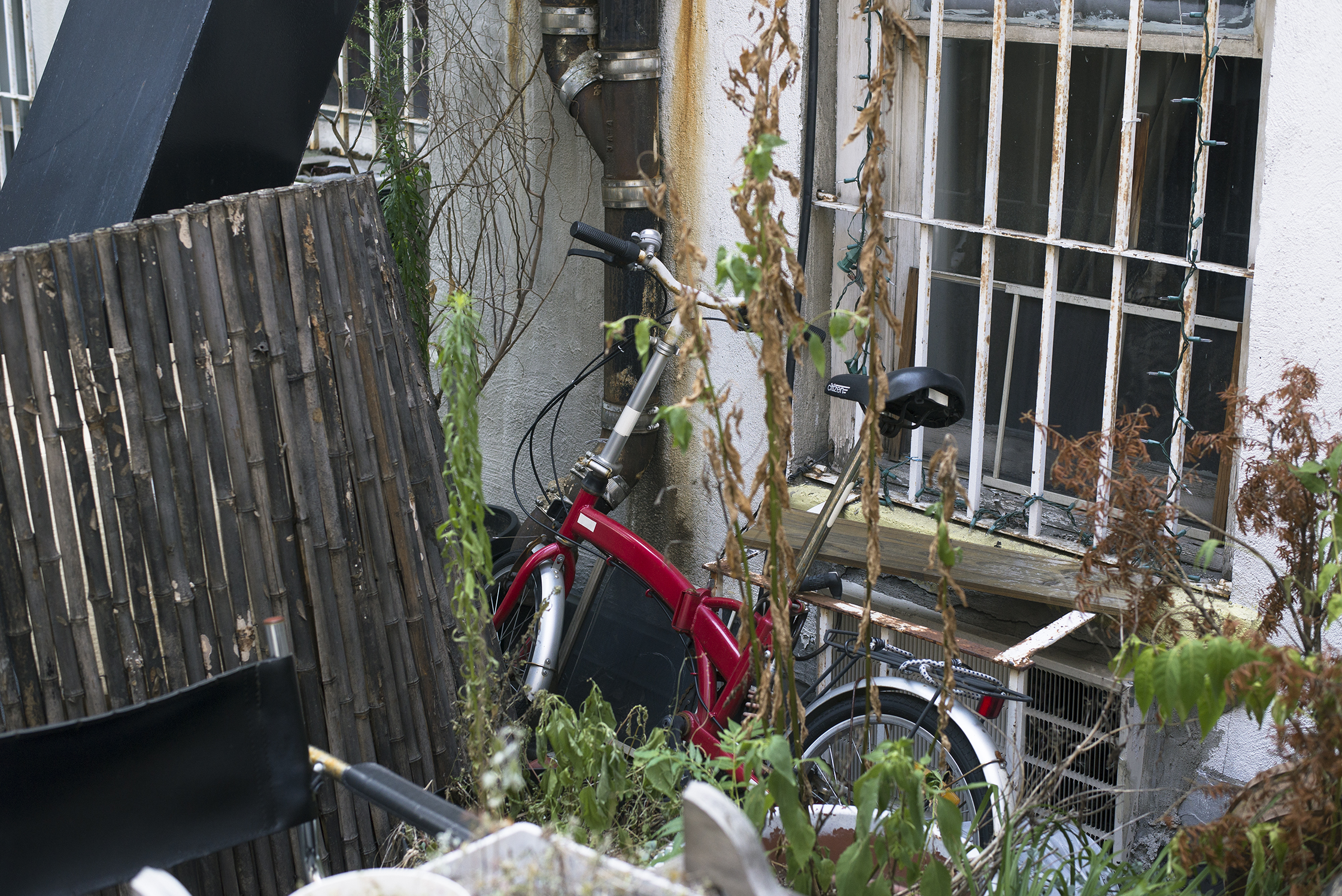
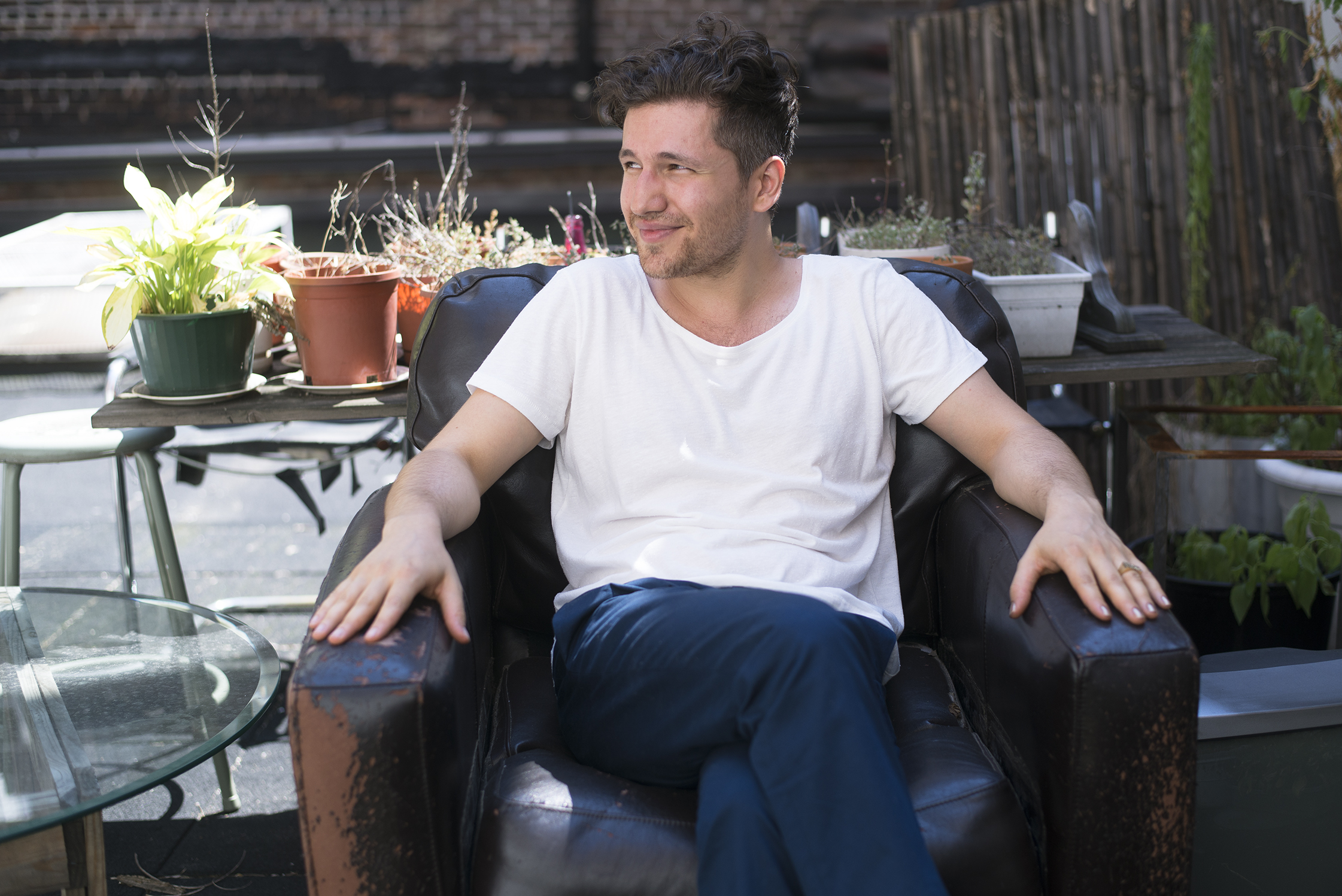
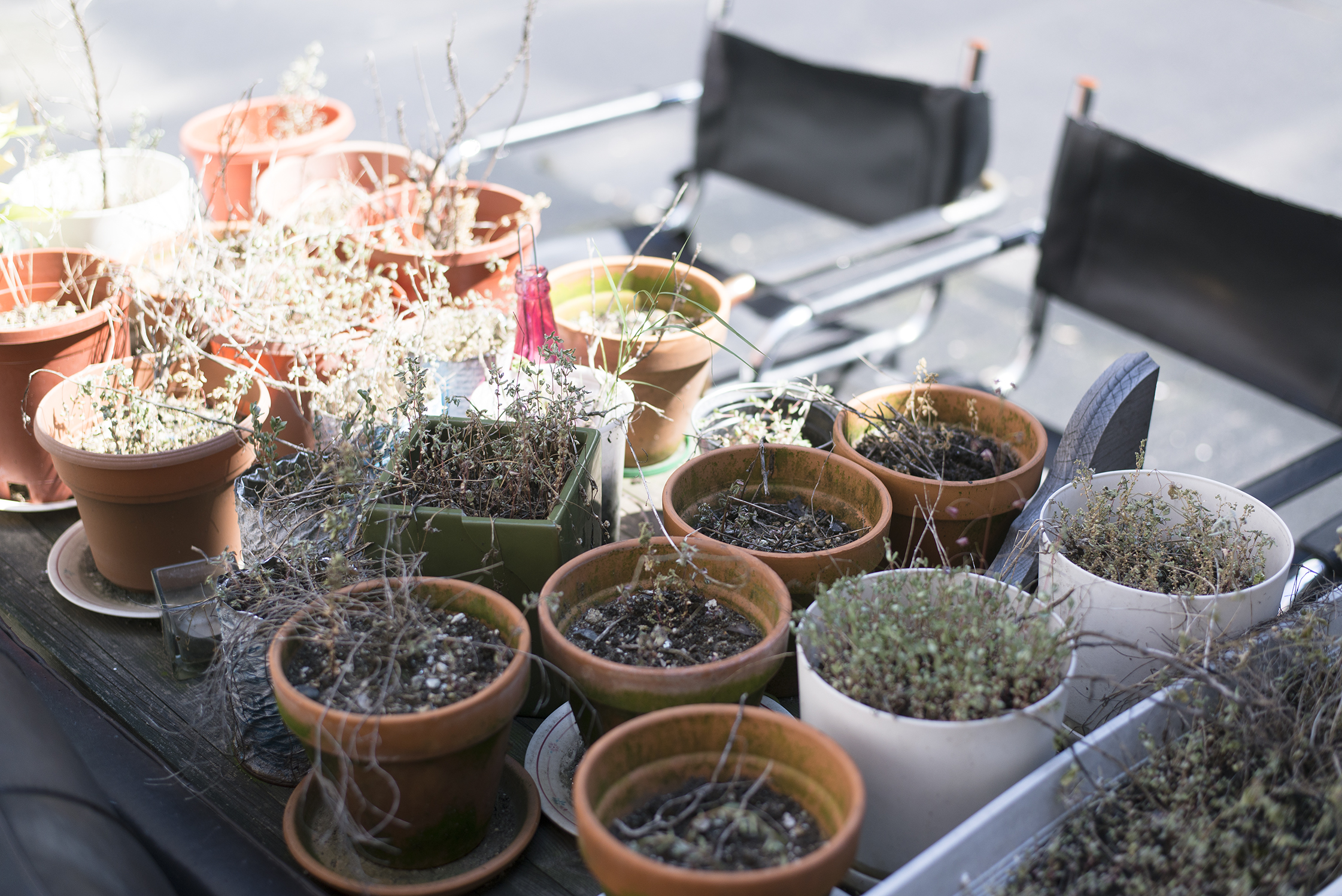
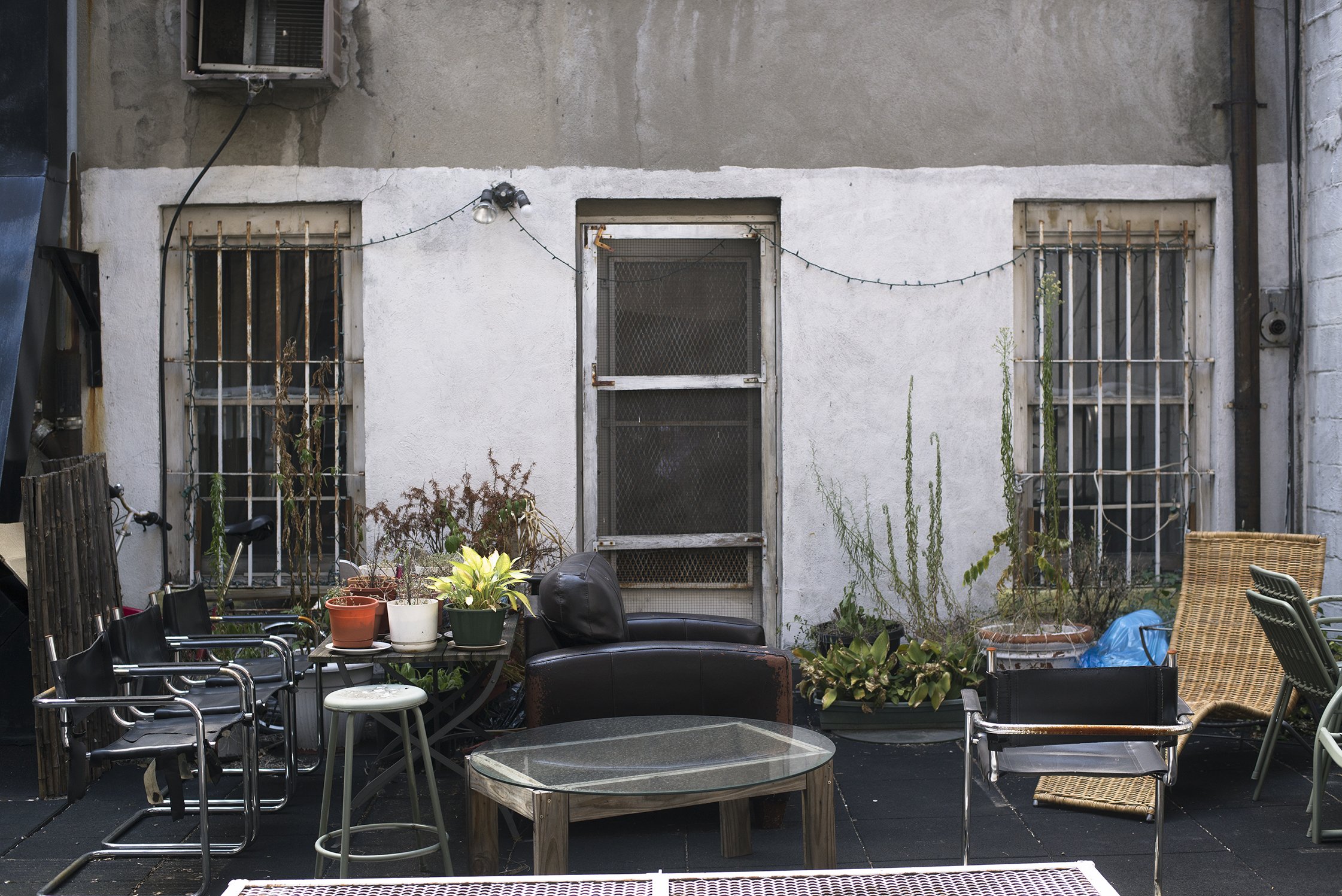
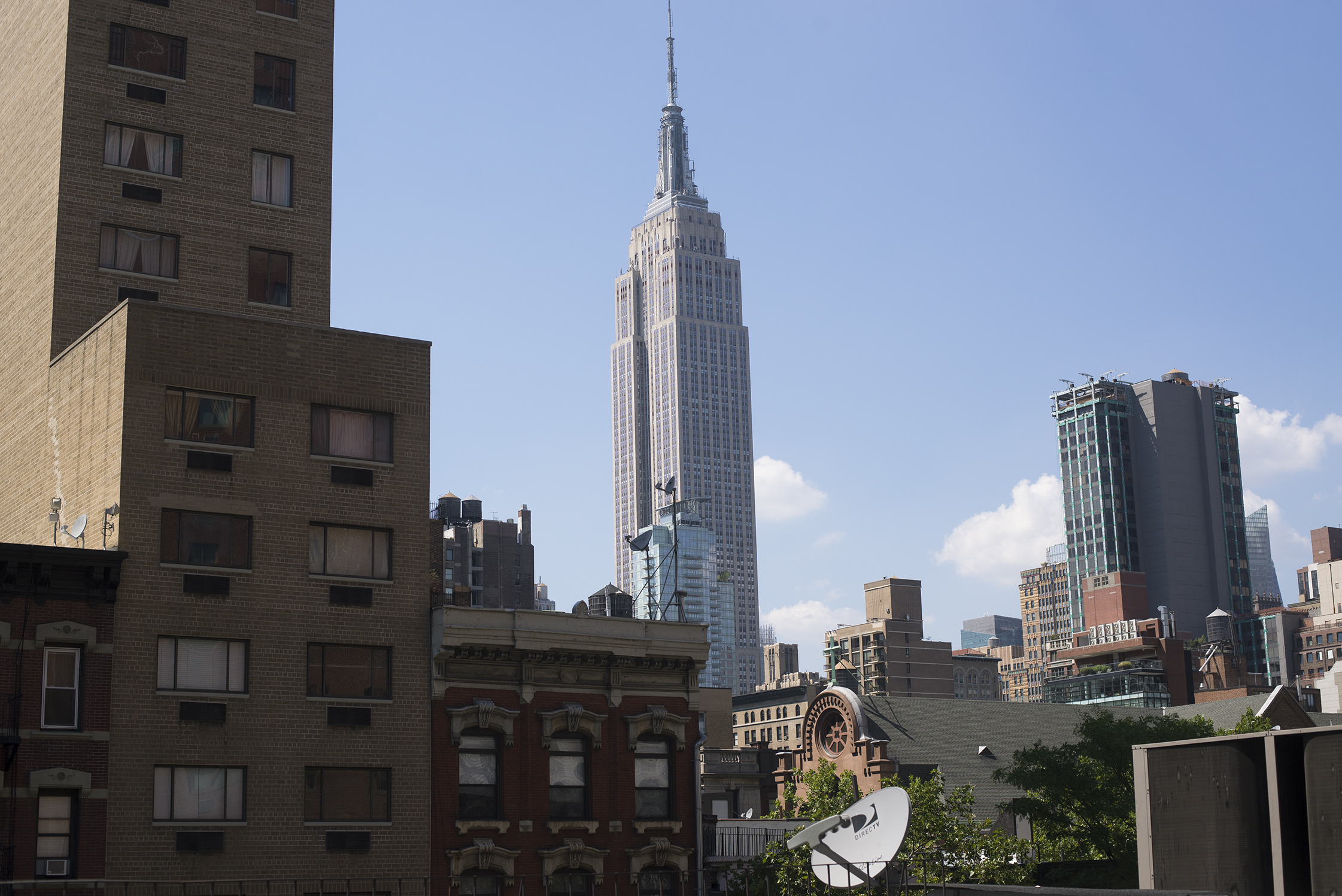
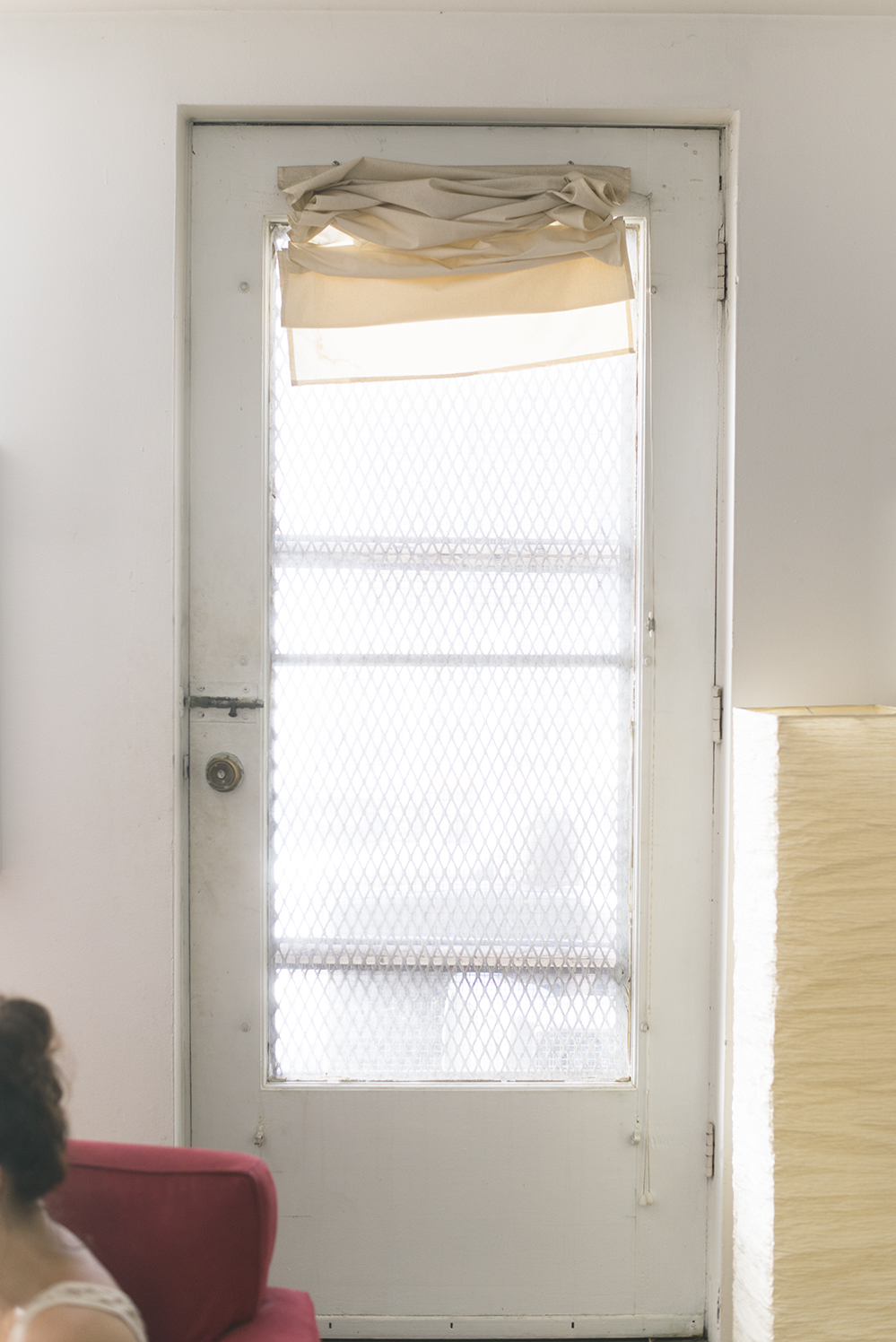
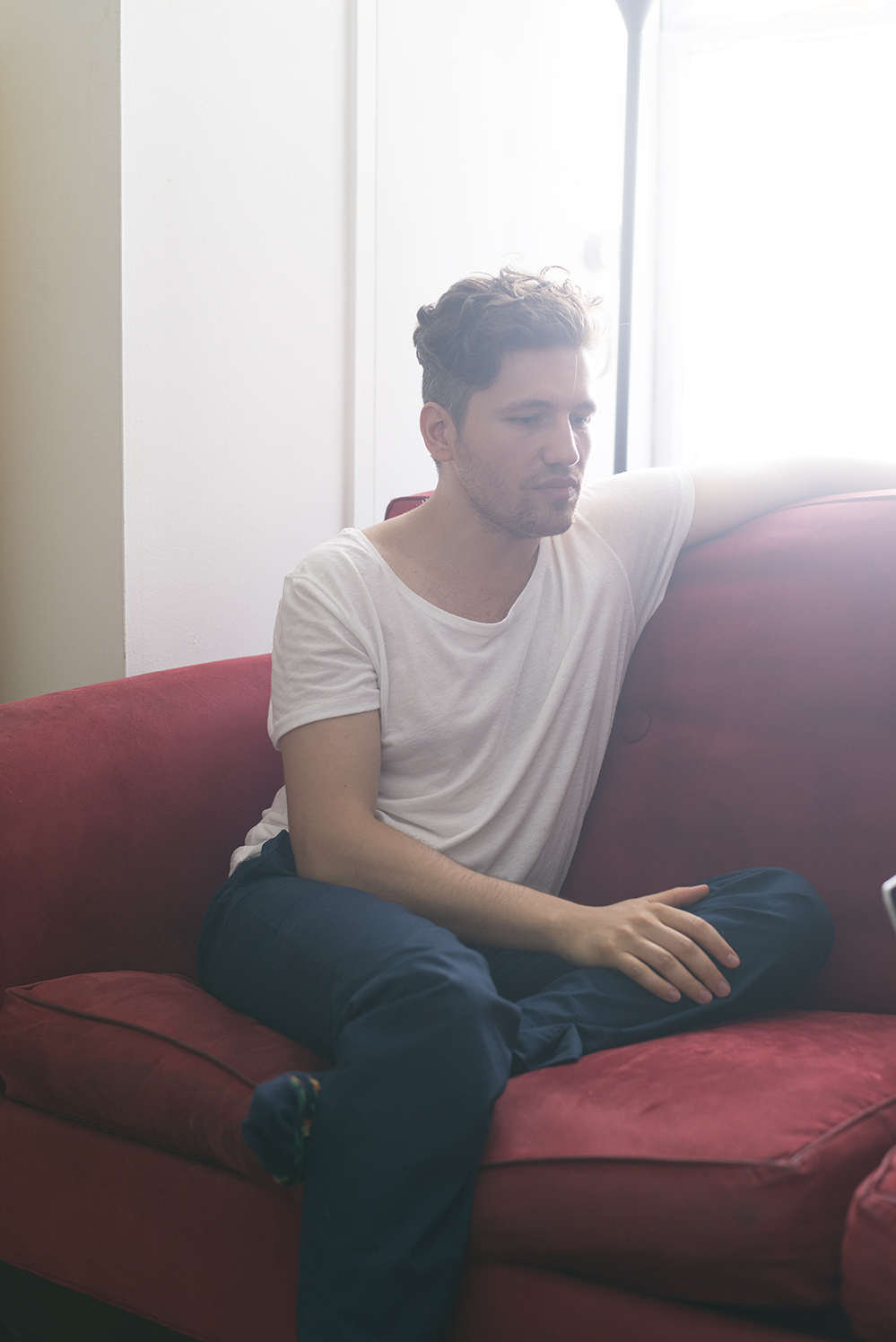
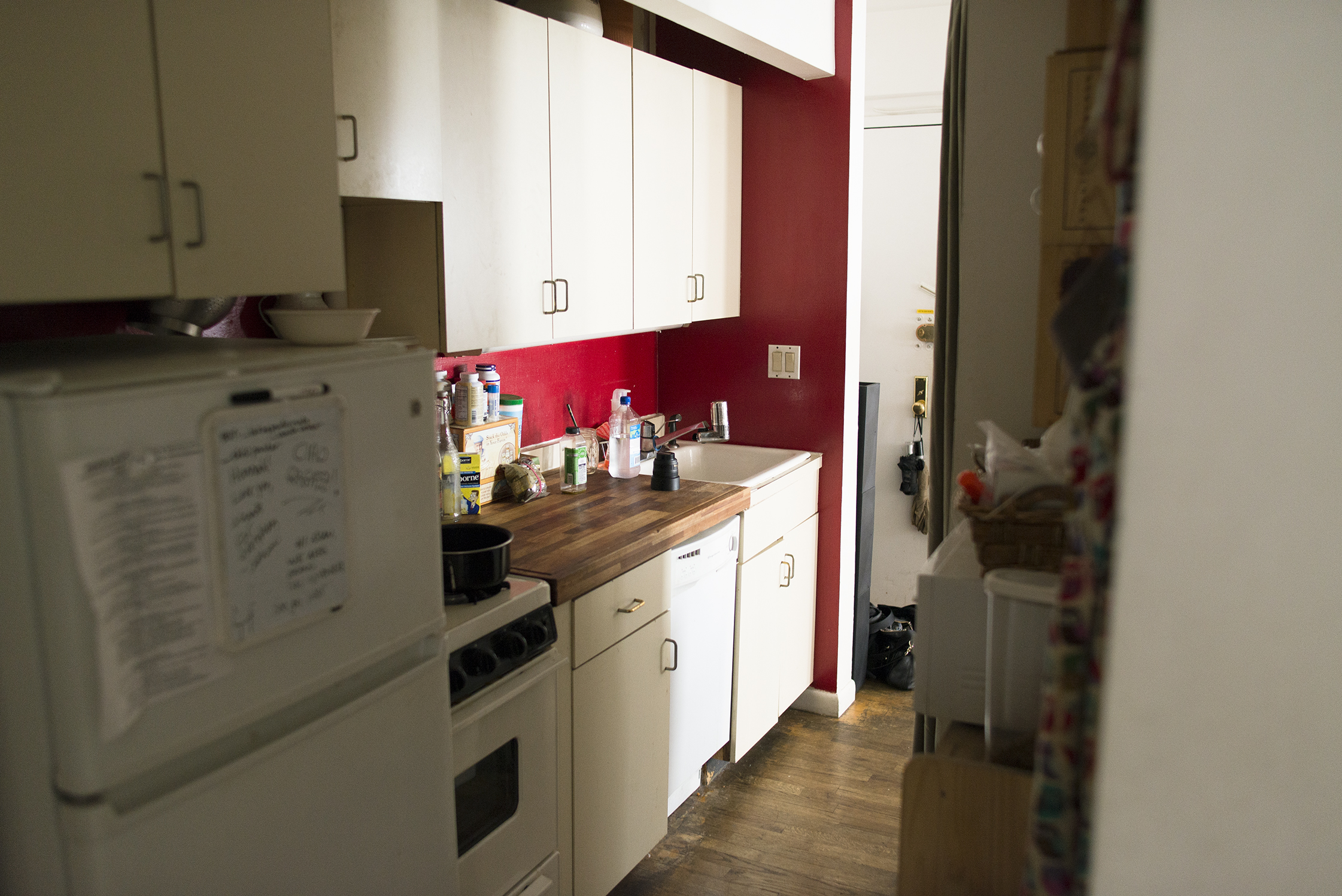
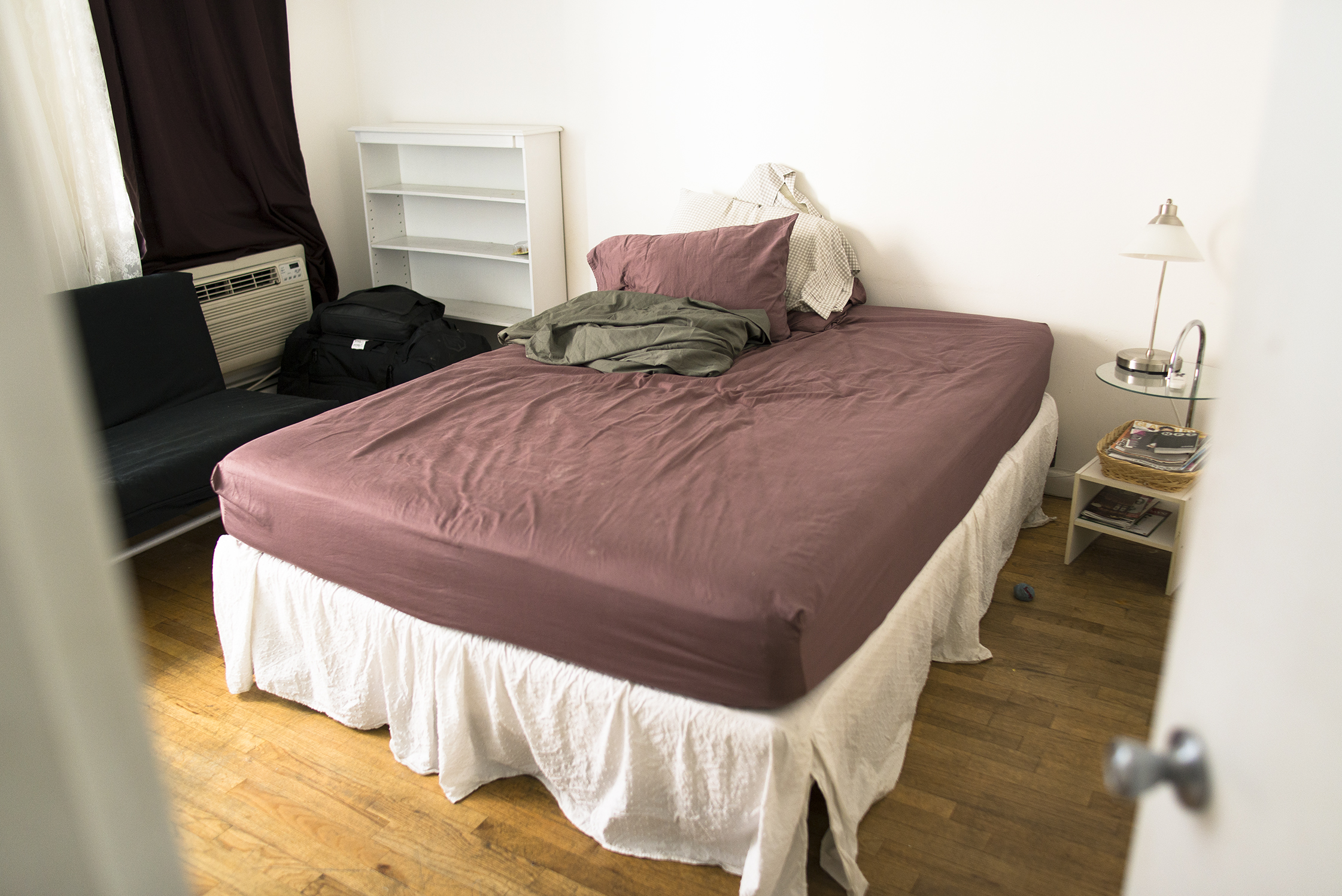
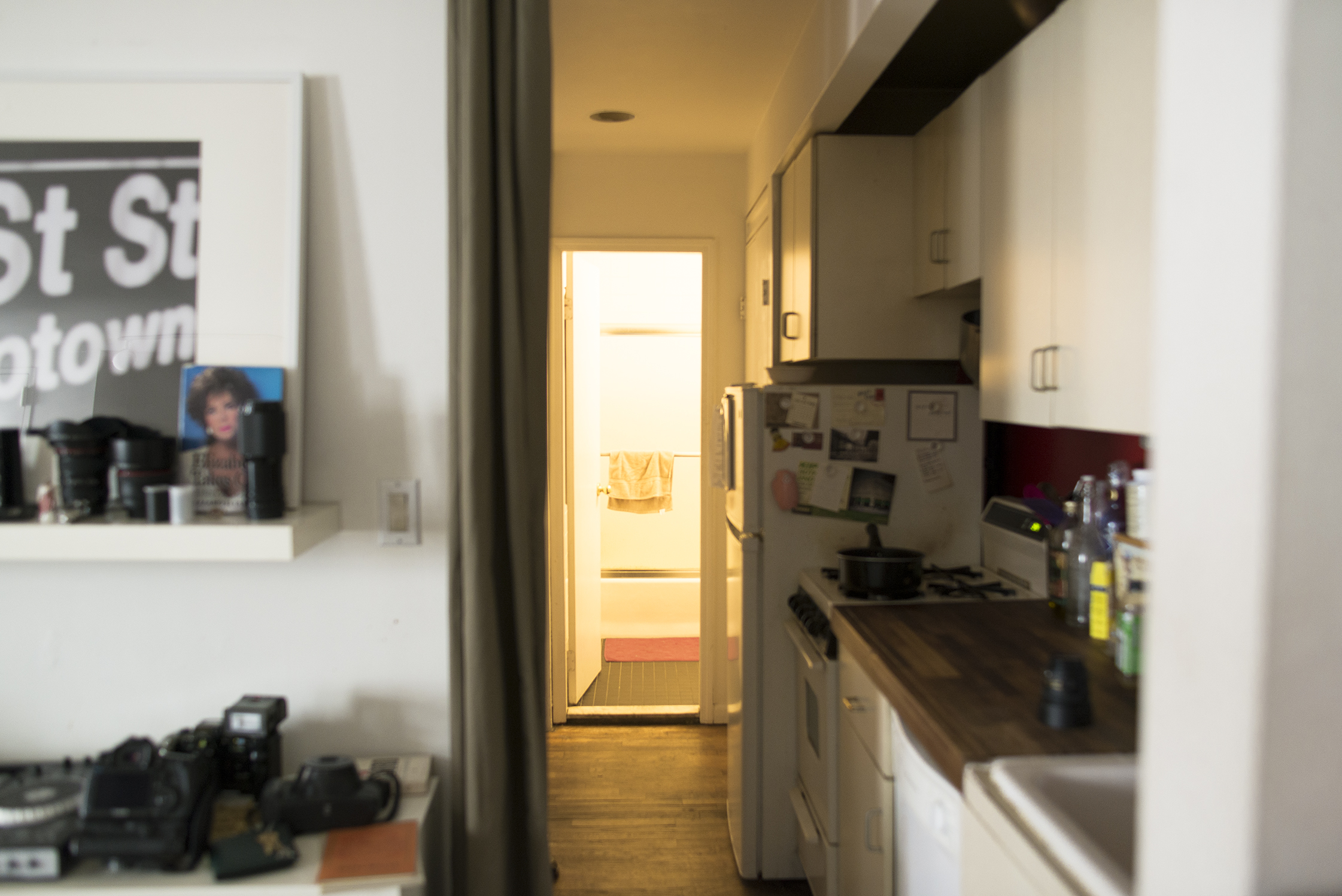
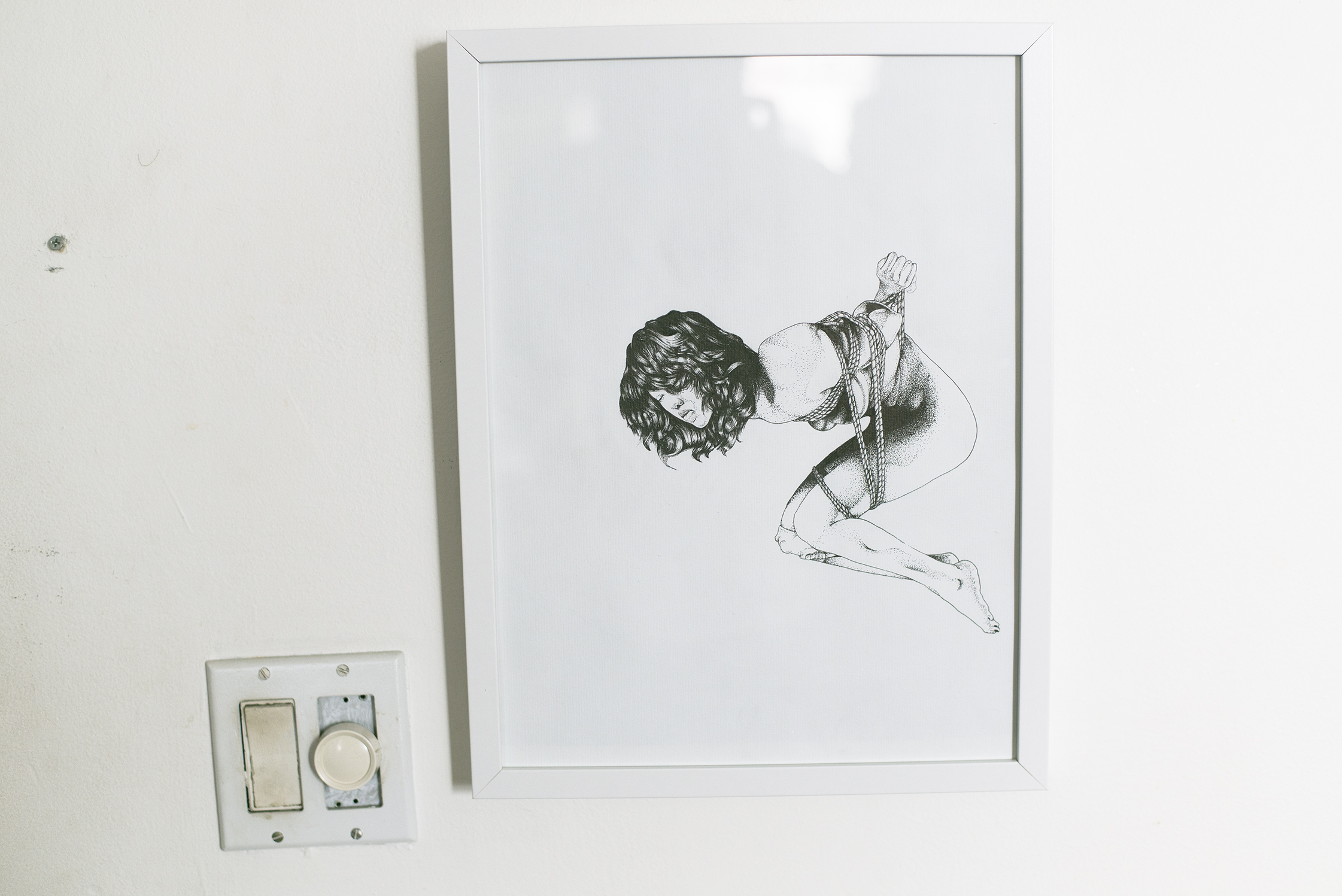
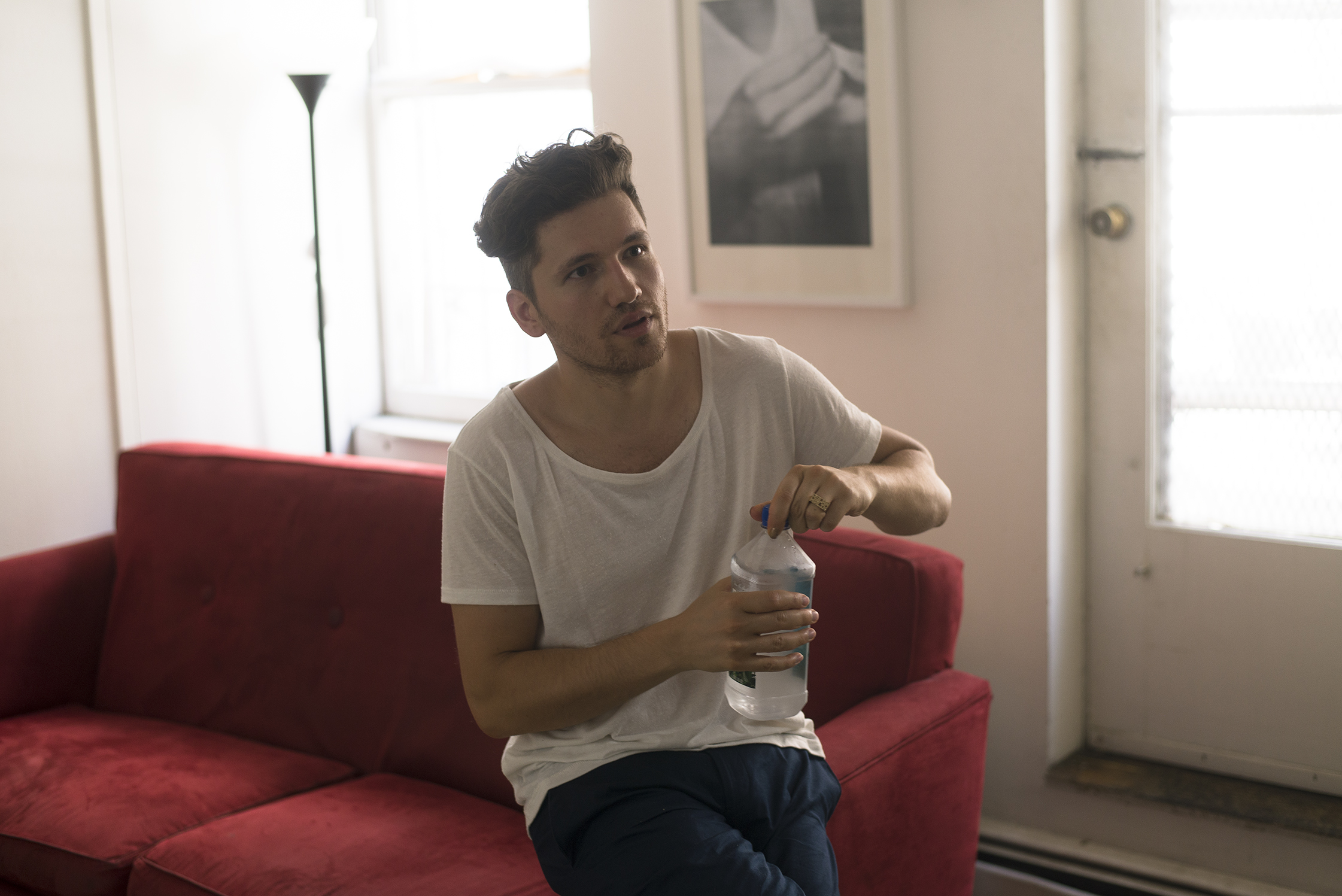
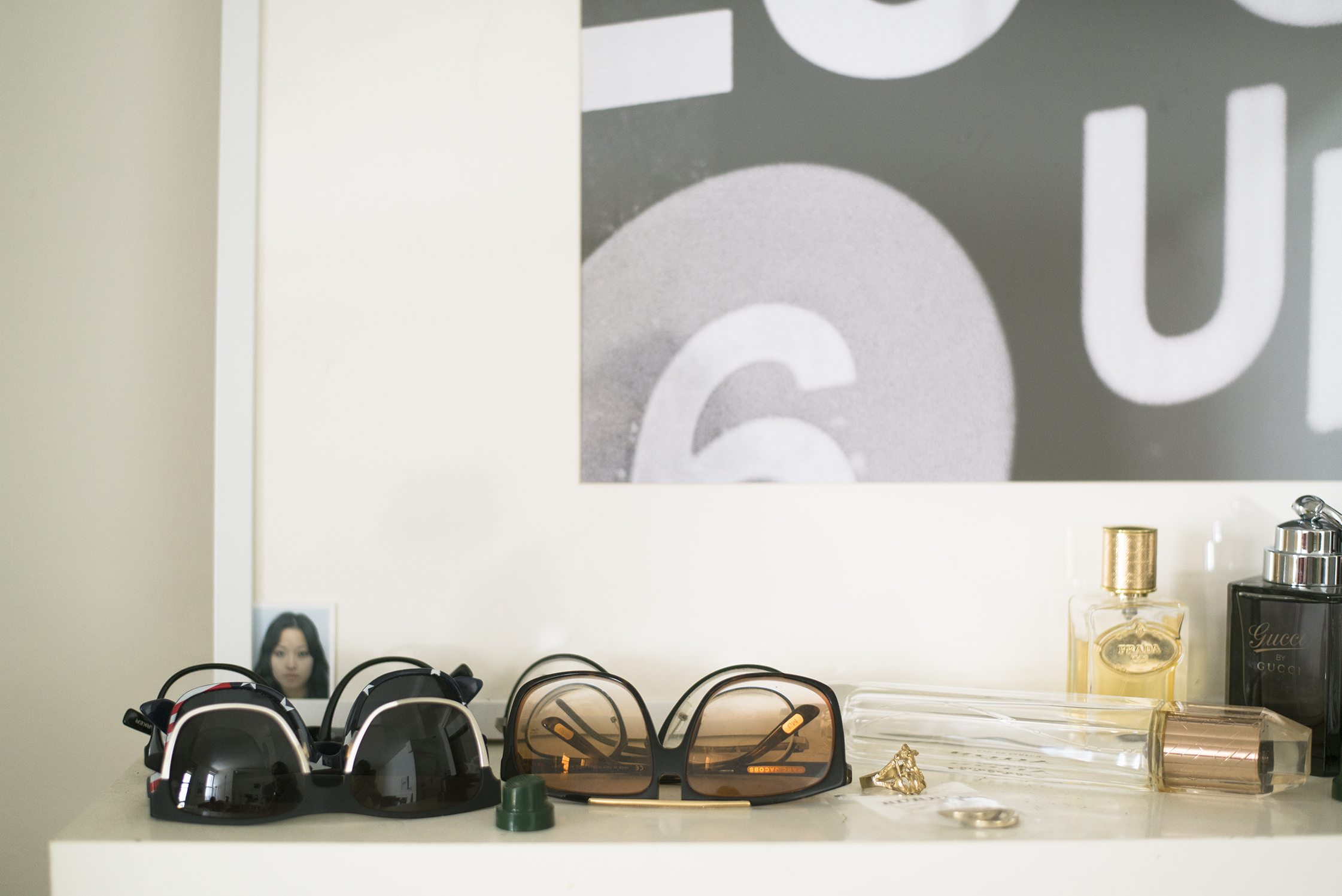
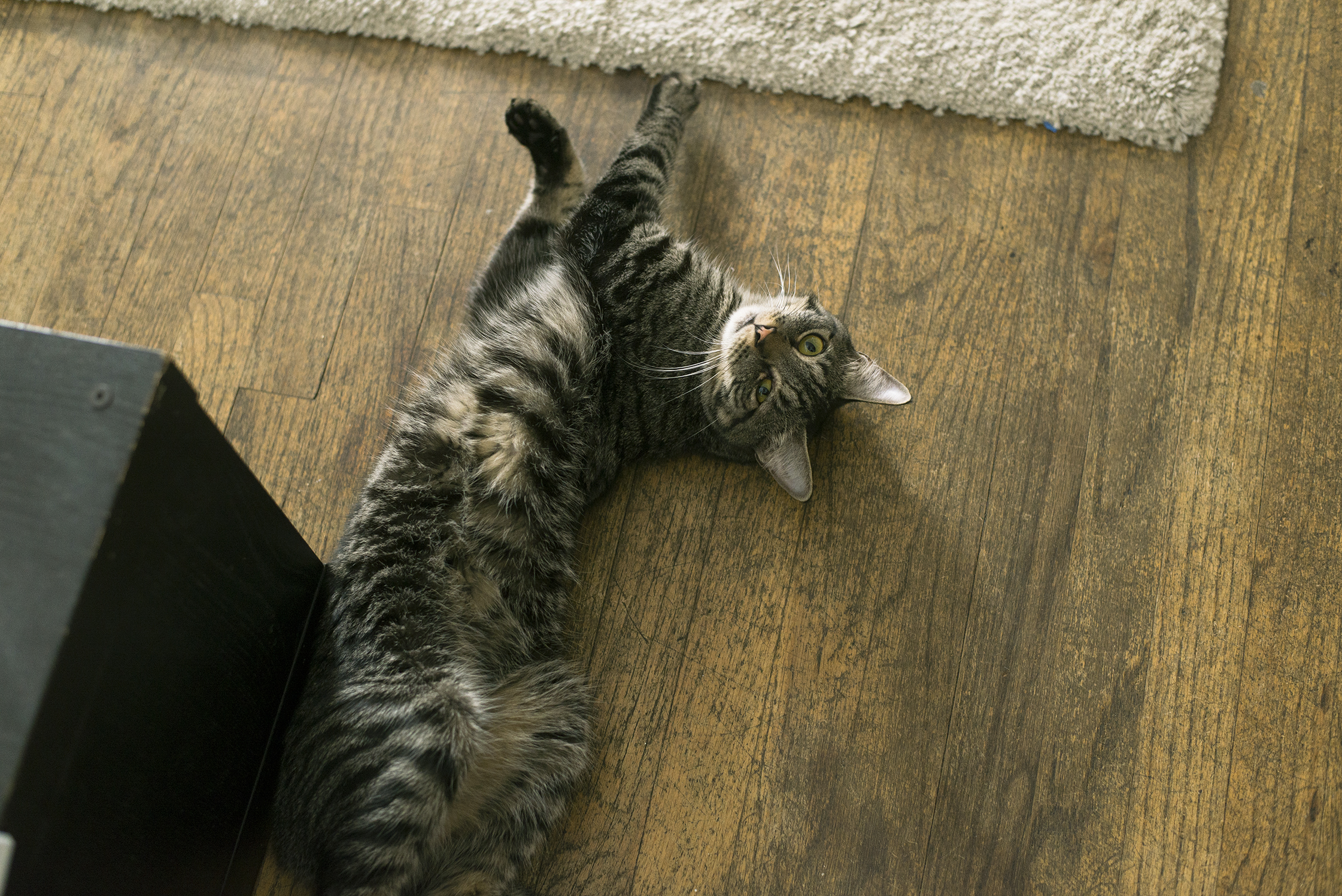
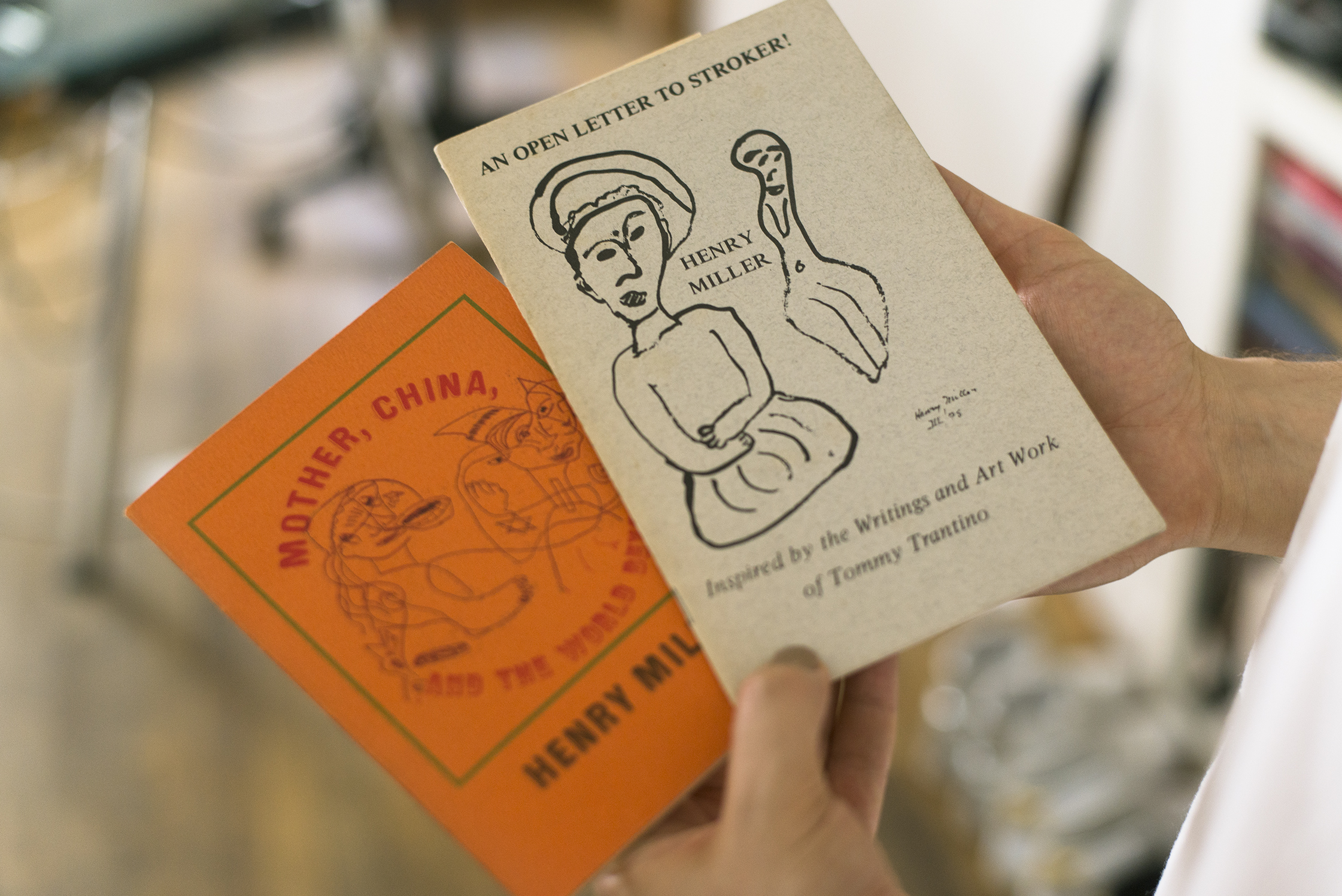
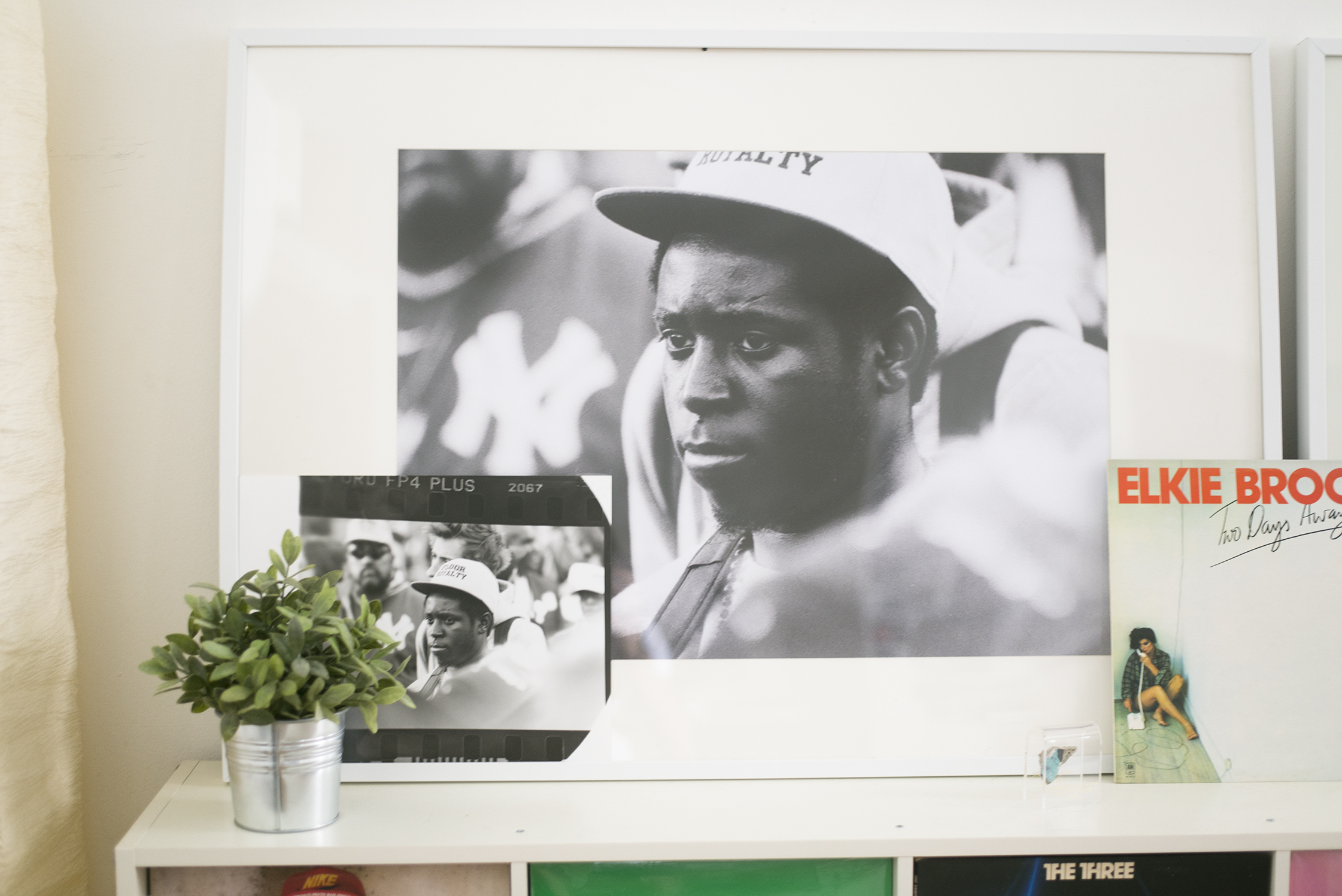
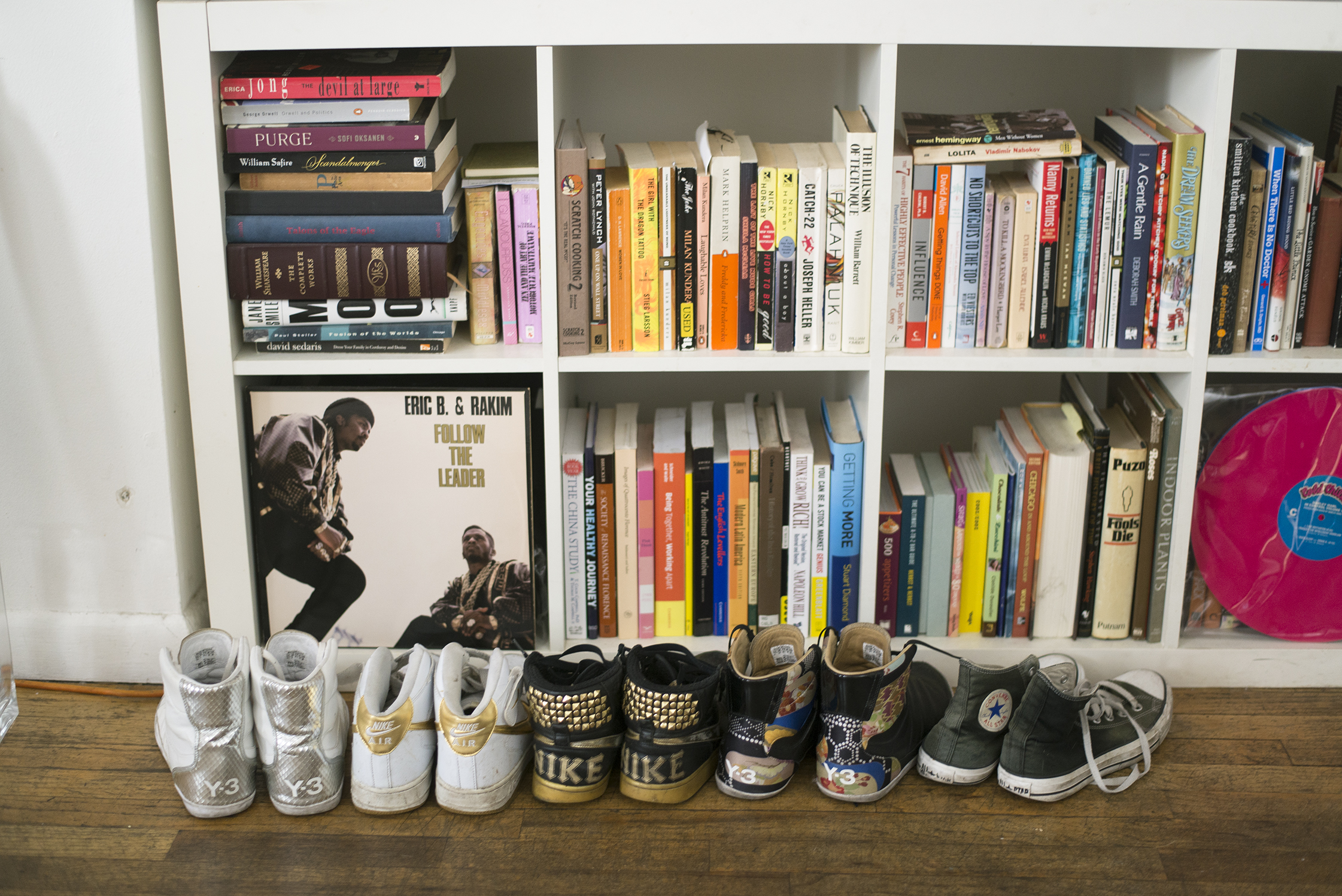
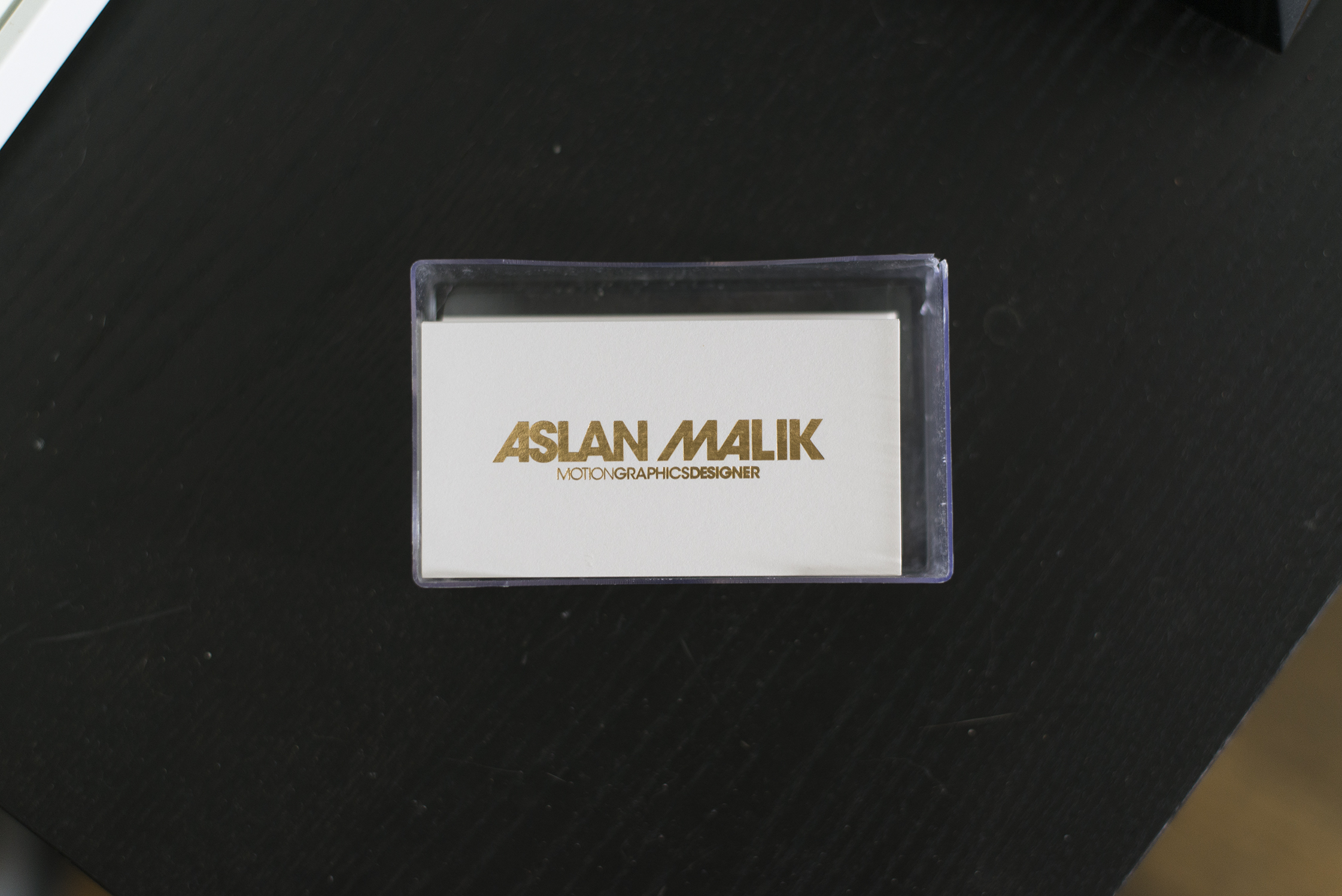
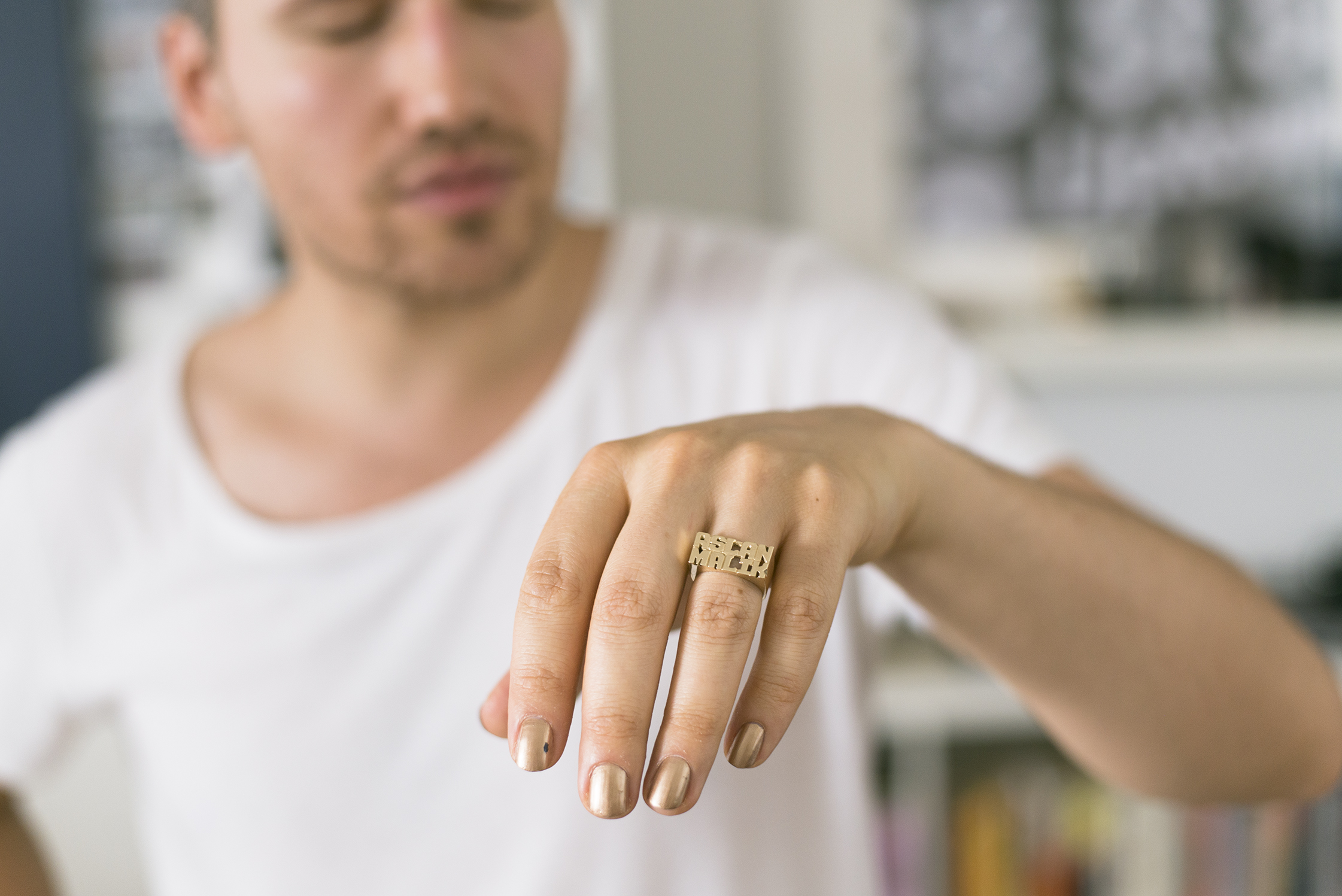
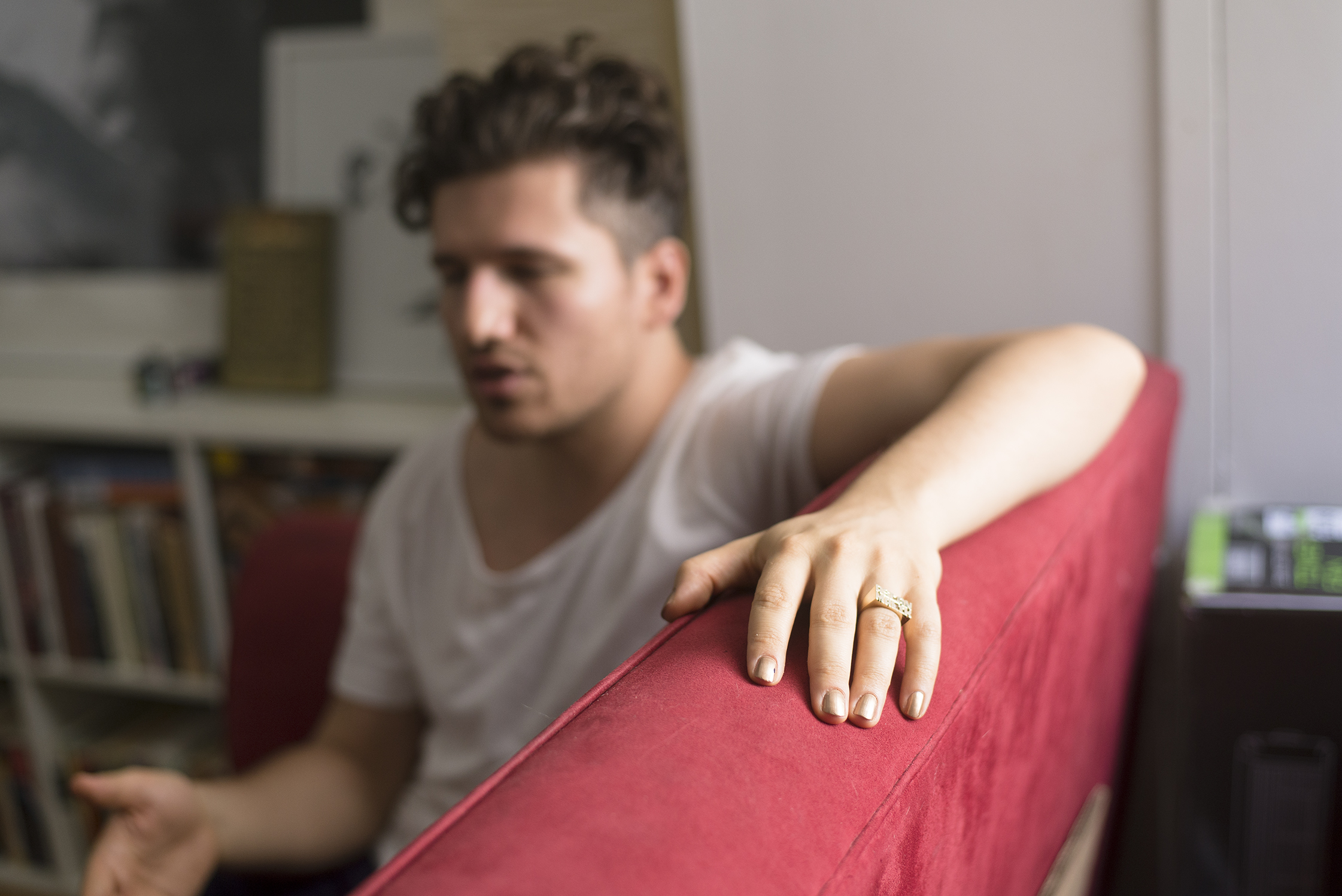
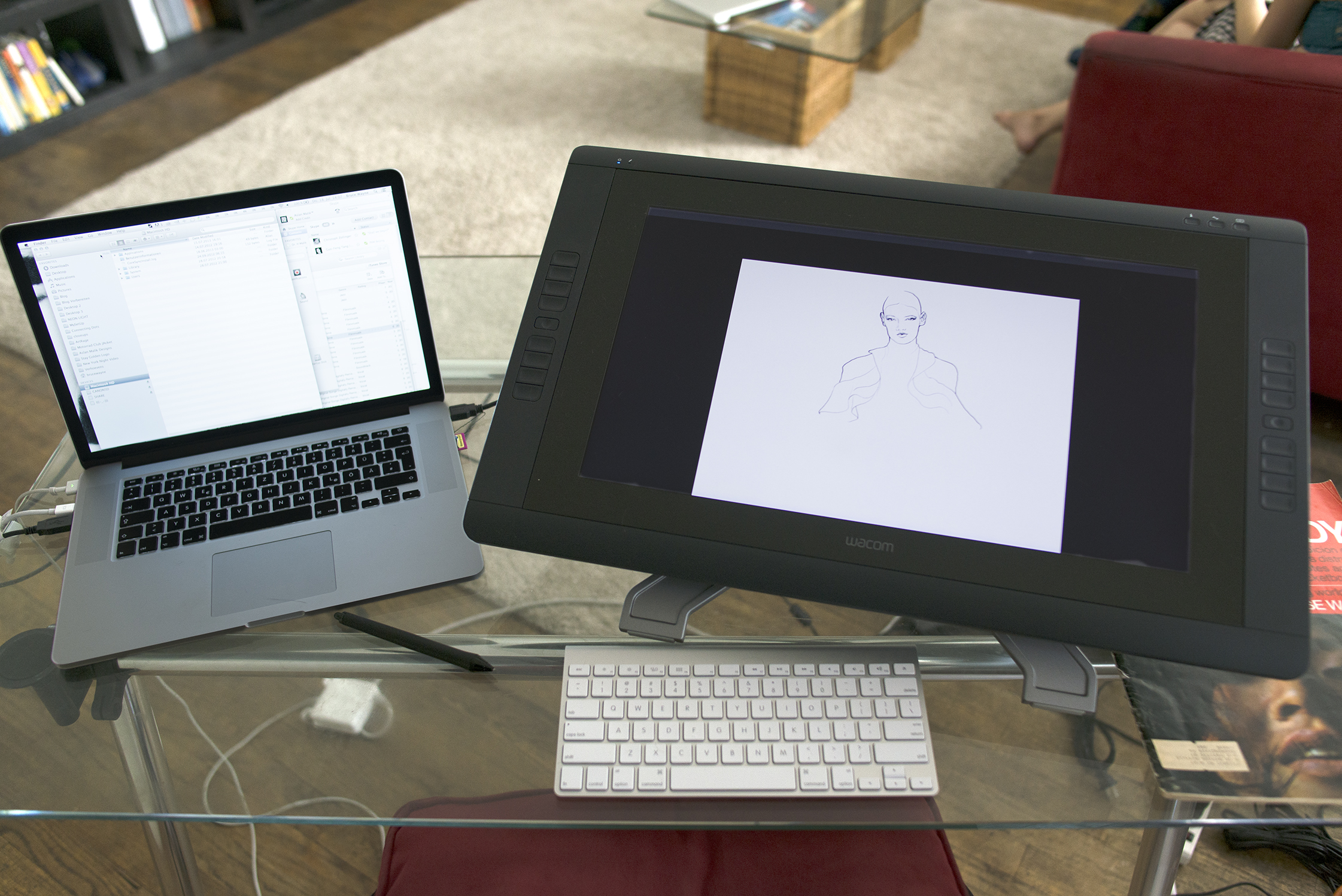
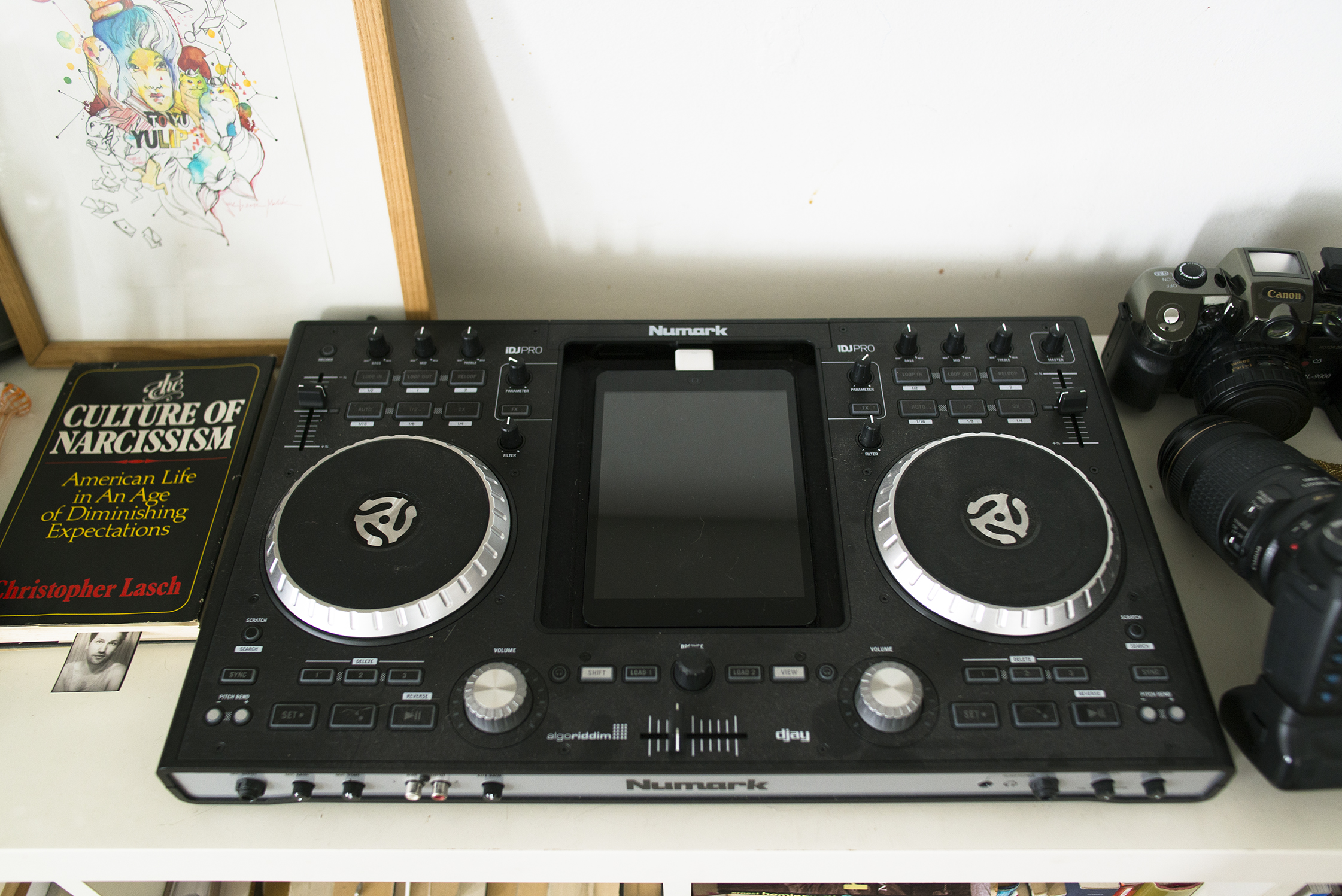
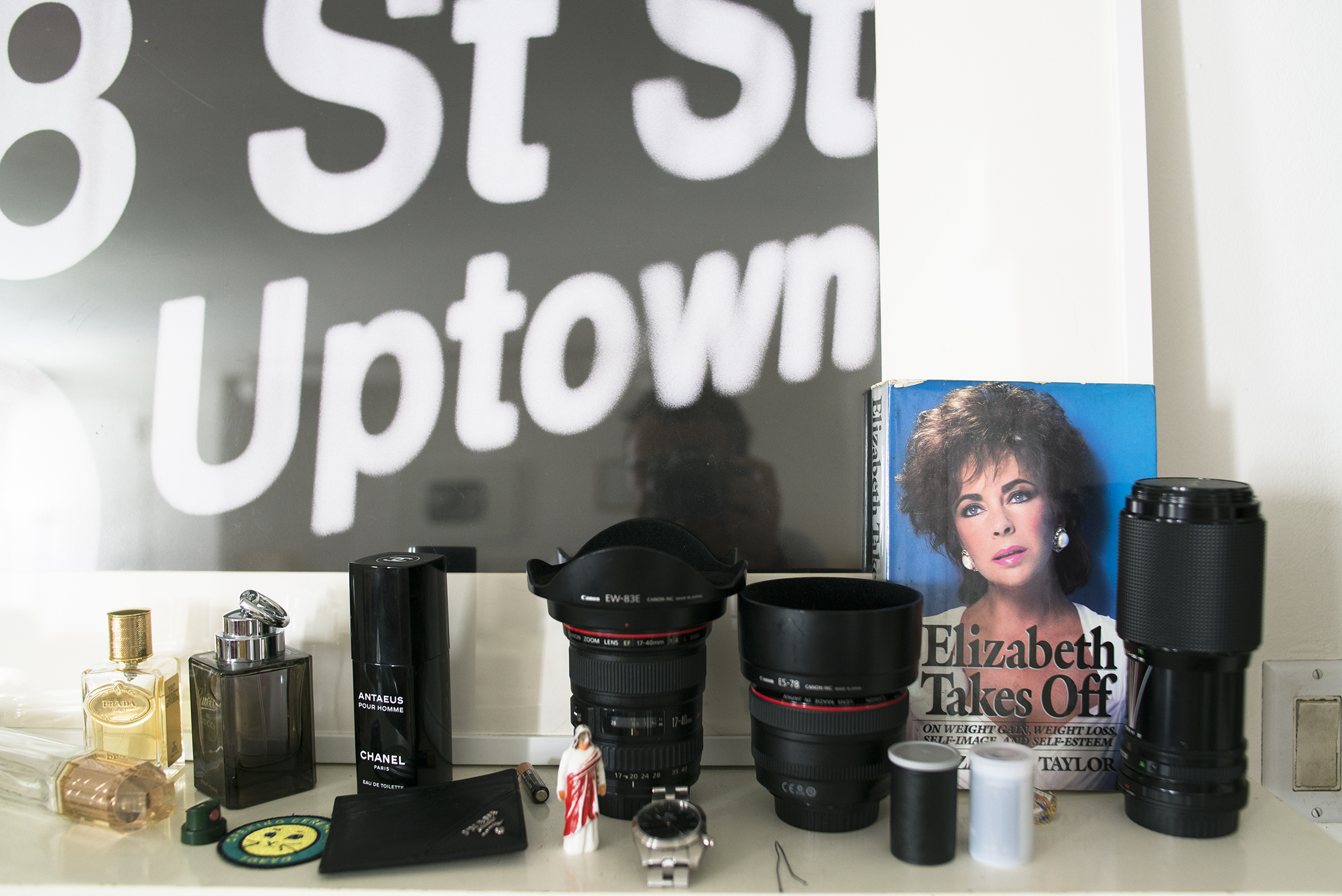

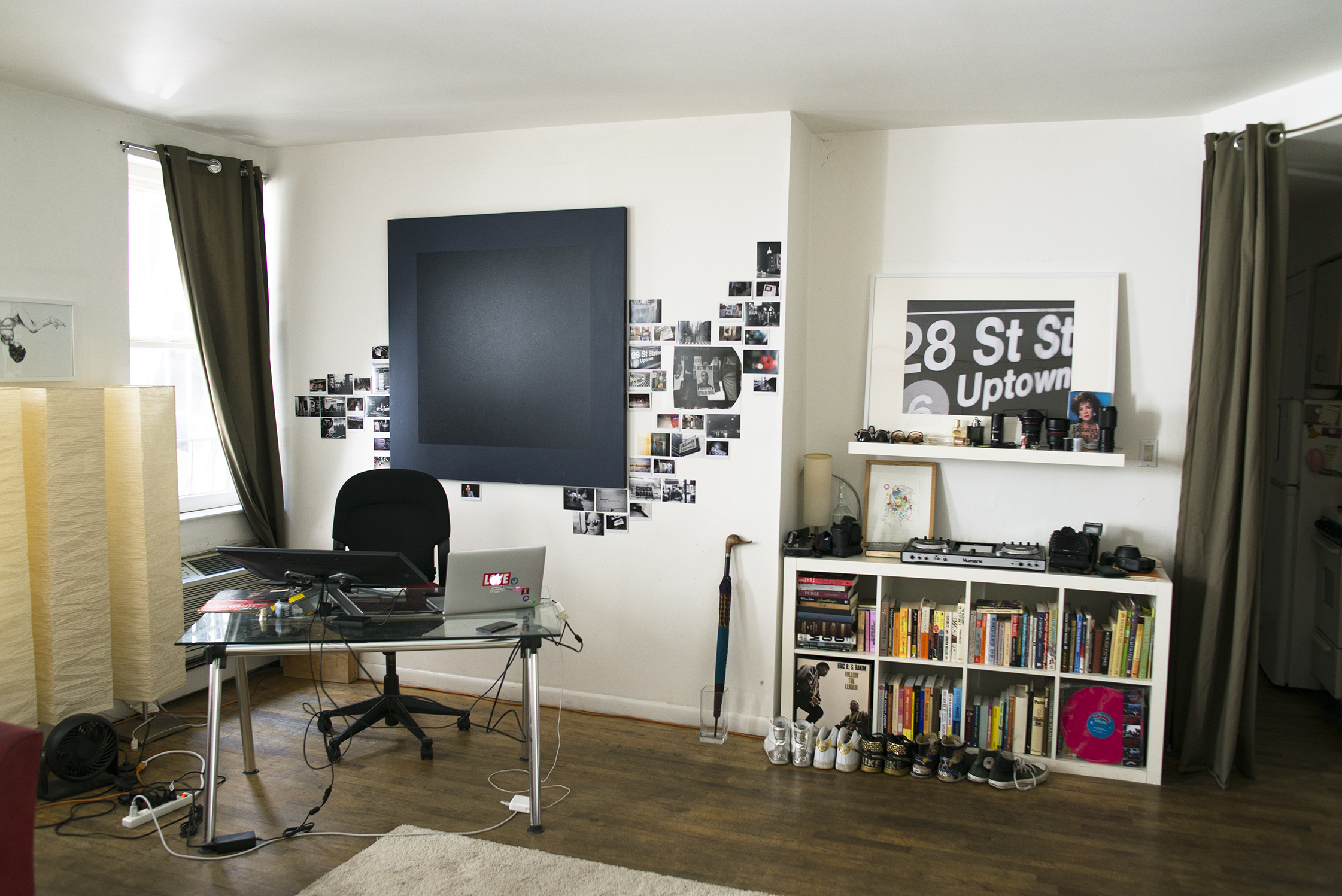
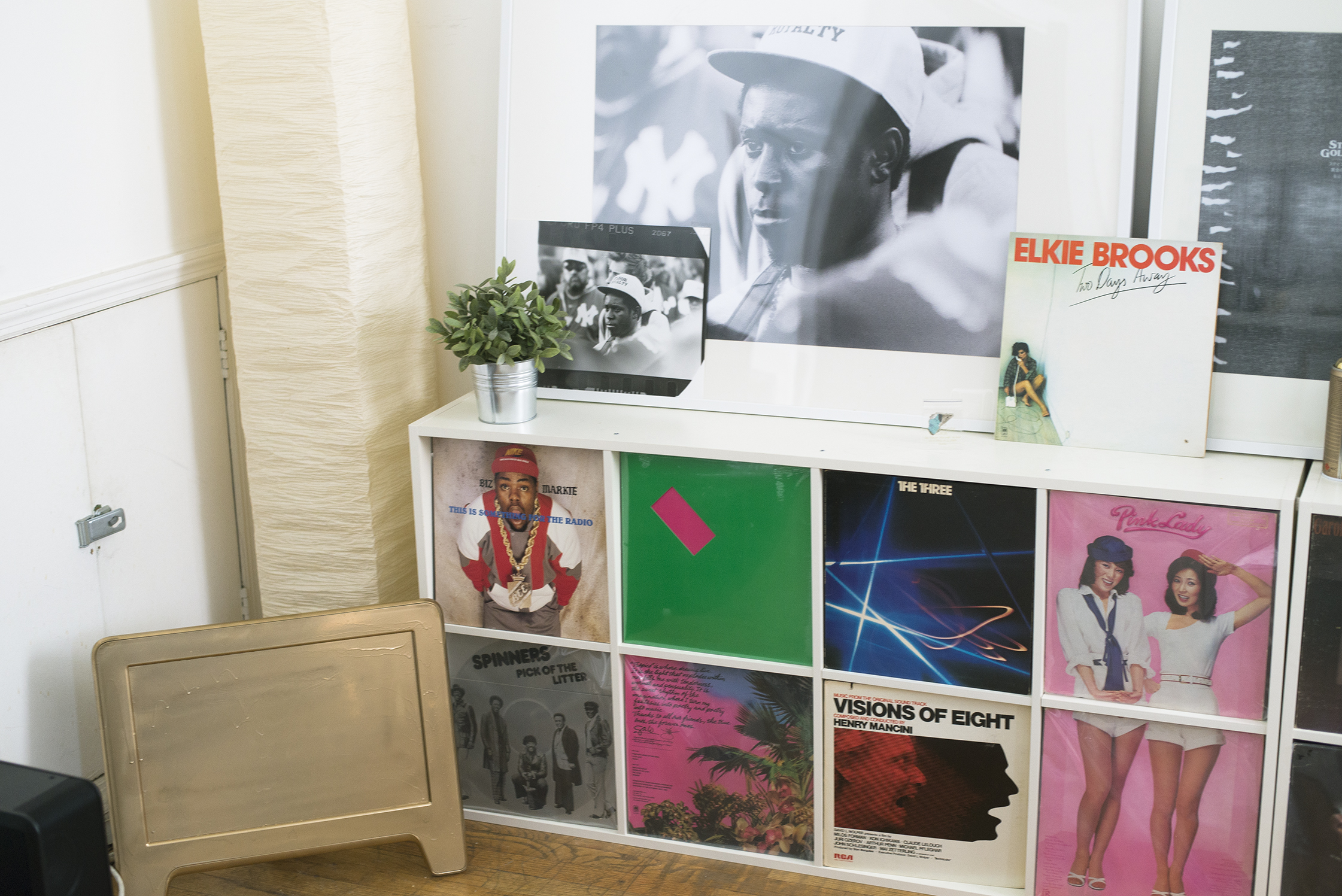
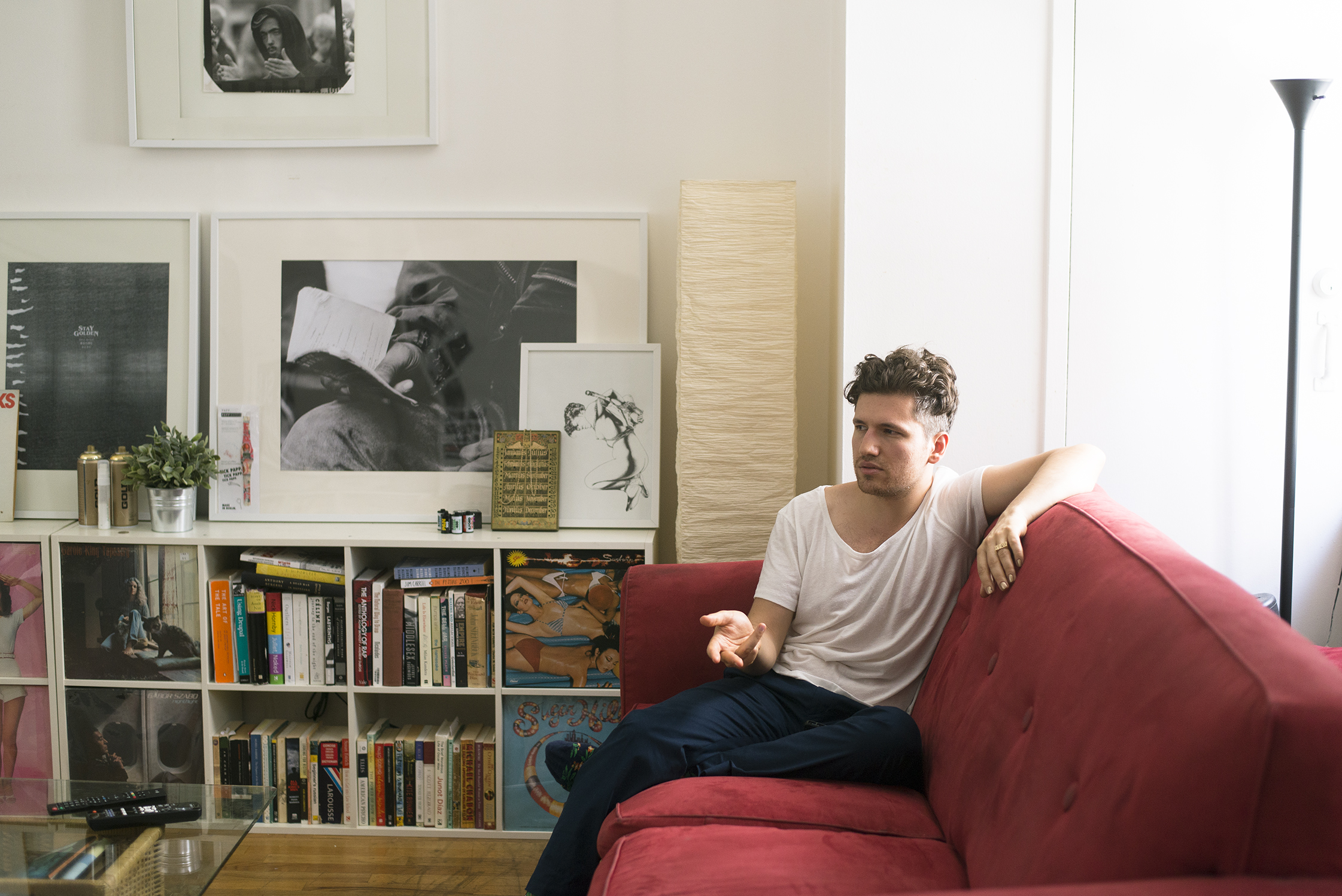
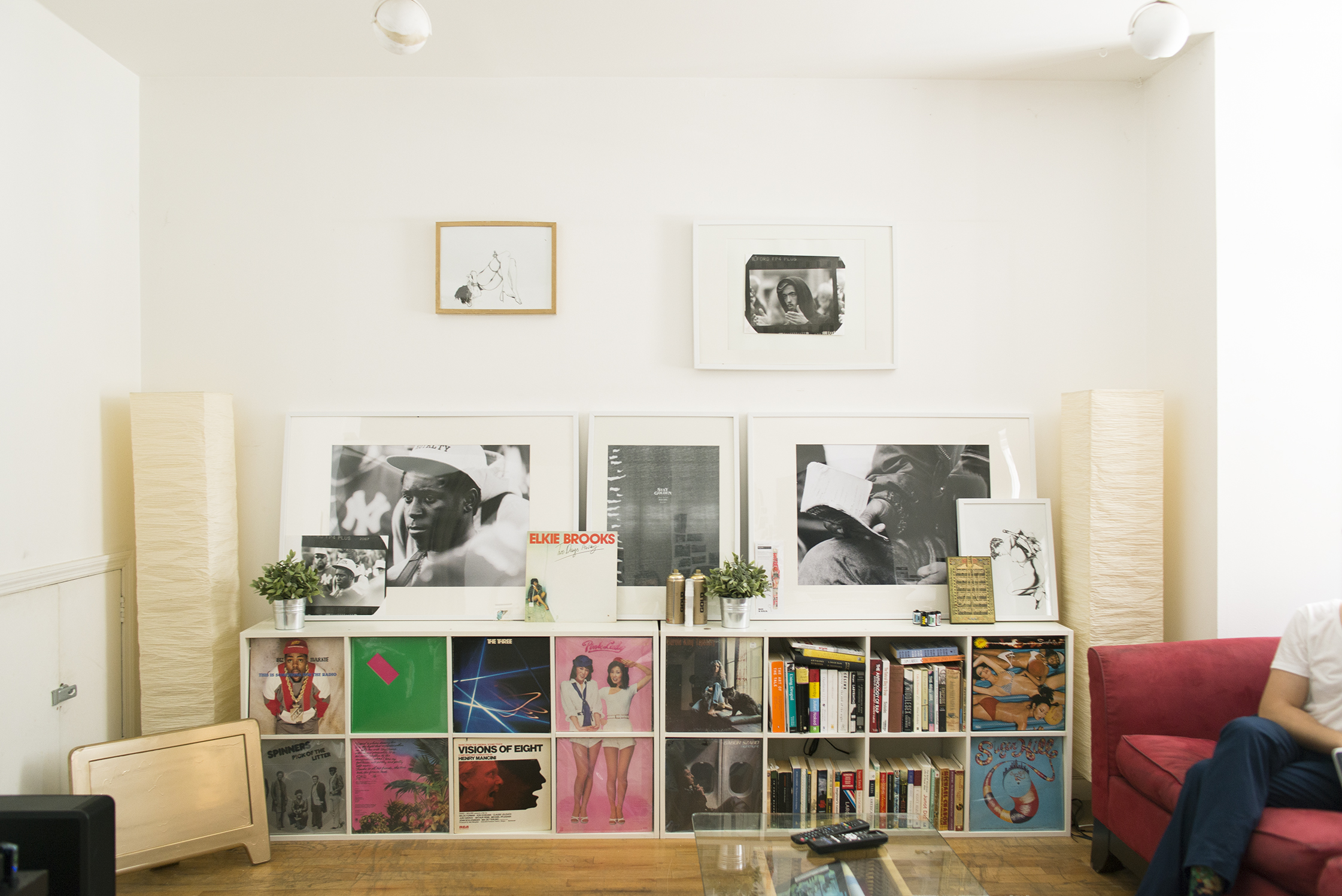
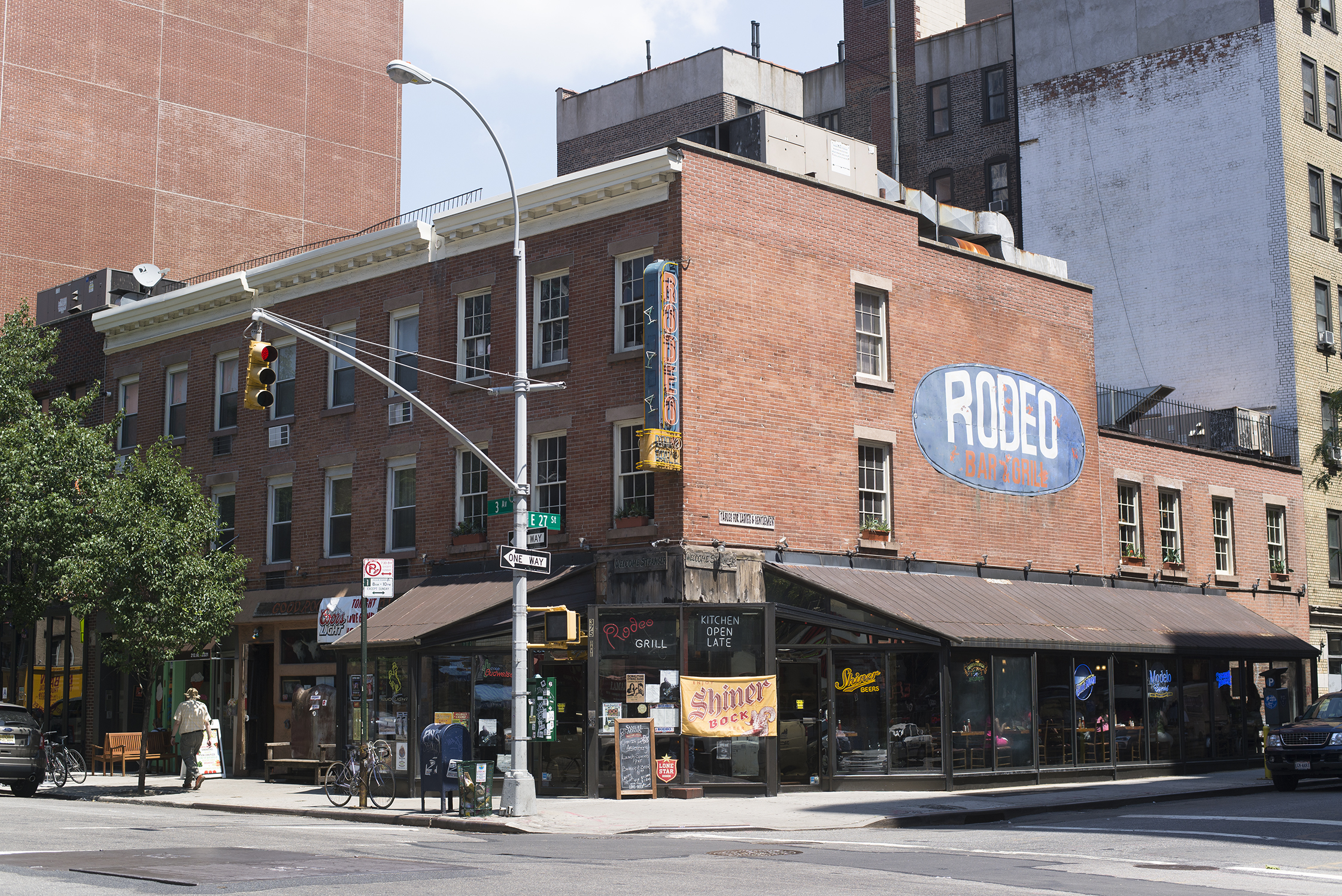
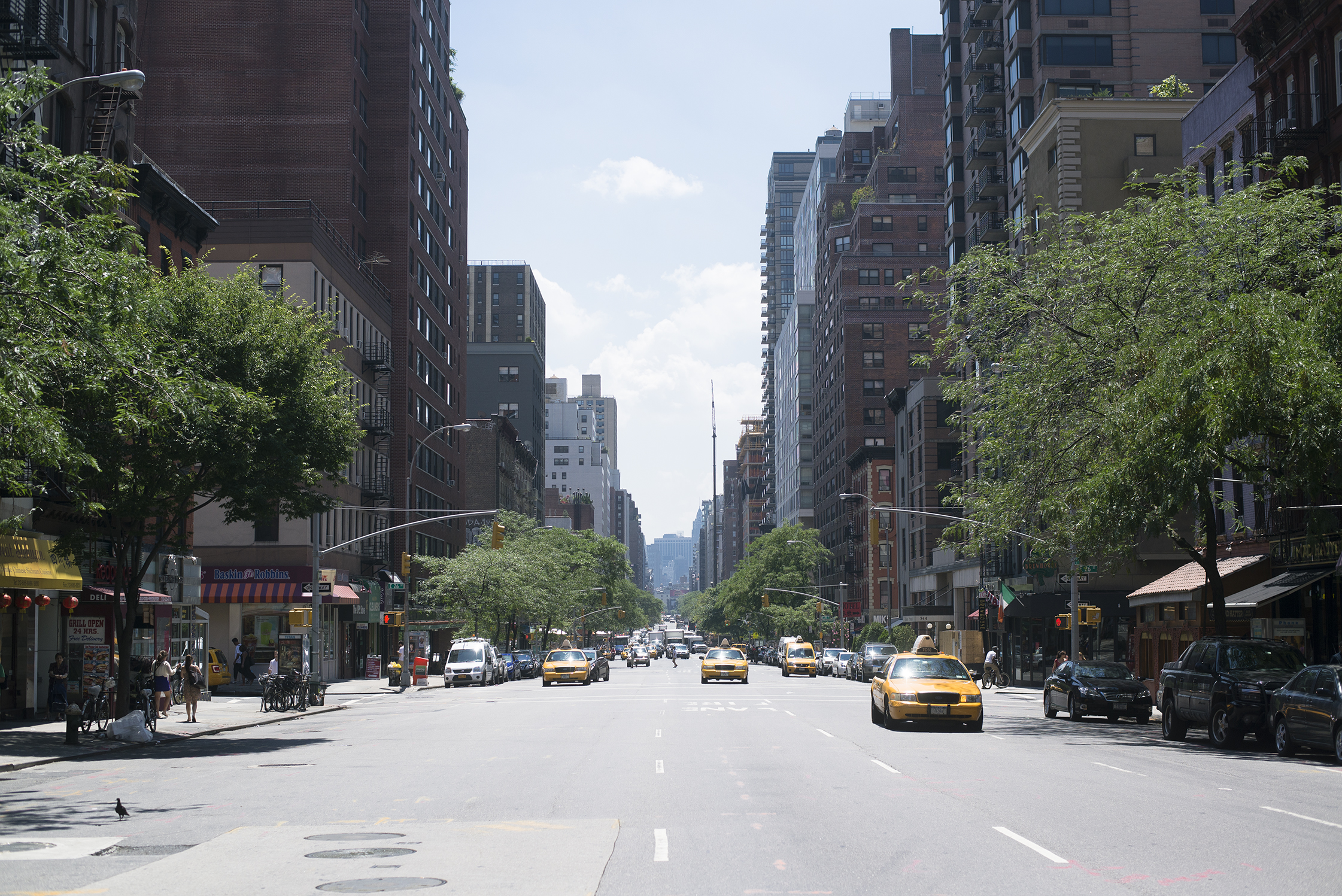
As an artist, you’ve worked in a variety of mediums: photography, illustration, graphic design. How did you get started?
I wanted to be a painter, actually. I didn’t have a plan. From what I knew, artists didn’t make money, but I thought, “Okay, I’m fine with that.” As a teenager, I worked at a bodega in Berlin, selling things through a little window. I would paint and listen to music, and people who came around saw what I was doing.
Around that time, the Internet bubble had burst, and a lot of them asked if I’d like work. I thought, there is actually a way to make money as an artist. It wasn’t painting, but graphic design. The idea seemed quite nice: doing what you like to do in addition to getting paid. So in 2002, I started studying communication design.
Over the course of your career, you’ve lived in Beijing, Shanghai, Tokyo and Los Angeles. What brought you to New York City?
In some cases, you have a particular reason for moving to a new place. But with New York I was always drawn to it. Everything about it, the visual of the city alone. To walk outside the apartment and to see the buildings and the architecture – it just makes me happy. I liked Tokyo – it was a really different vibe, more peaceful – and Los Angeles was fun. But it was not New York. It’s simple as that.
How does New York differ from other cities you’ve spent time in? Do you find it more creatively inspiring?
I think New York is more in sync with who I am. When I was first looking for apartments, I had a certain amount in mind that I wanted to spend, but it didn’t fit the reality of living in this city. Just for fun, I looked to see what kind of apartment I could get in Berlin for the same cost. I can tell you, I would live a very different life with much more space in Berlin.
But for everybody who is here in New York, it’s as if we’ve all made a decision. There’s so much that tells you not to live here, but in the end, you think, screw that. There’s so much here that you just can’t have anywhere else.
What do you love about Manhattan in particular? Brooklyn’s all the rage these days.
I lived in Williamsburg for three months and enjoyed it. But one day, when I went to get my visa, the attorney looked at me, and he said, ‘You live in Williamsburg, right?’ That was a reason to move. I hate being stereotyped.
Your apartment is relatively sparse, which is surprising. Your blog and your online portfolio are so bold, and packed with words and pictures.
Besides my books and records, there’s really not much here. My things are scattered. I have stuff in Beijing, stuff in Berlin, stuff in Tokyo. All of the pictures and photographs you see on my walls I illustrated or took myself. This is how my places have always looked. I keep my records out because I like the artwork. I like books. I like the smell of paper.
The sparseness makes sense, I suppose, since you’ve lived something of a nomadic life.
I’m impressed that I have as much as I do. There’s a saying: “Everything you have will have you at some point”. And I really feel that. There’s so much stuff you collect over the years, but this stuff is only stuff. What can you do with it?
That was one thing that held me back when I lived in Berlin. I had a huge record collection that I had collected since I was a kid. At the time I often thought, “if I move to another city, what will I do with it all?” But then my apartment burned.
Your apartment burned?
In 2004, my apartment in Berlin caught fire. It was the worst building in the worst neighborhood in the city. It looked like it could collapse any other day anyway, so when it burned, I assumed everything was gone.
I felt a rush of joy. The building wasn’t destroyed in the end, but the happiness I felt when I thought I lost everything stayed with me. It made me realize that I had nothing, really, to lose. So I digitized all of my records, and I moved away from Berlin.
Do you have a favorite among the possessions that you do have in New York?
I have two books that belonged to Henry Miller. They were a gift from a friend. She found them in a store here in the city.
Has Henry Miller been an important influence?
For the most part. My creative heroes are writers. Henry Miller. Celine. Anais Nin. I named my cat after her.
What else – or who else – inspires you creatively?
Music. My surroundings. Aesthetically, I either like really strong and flashy, or just black and white. It’s either color, or the complete absence of color. When I look at my own stuff, it seems all over the place. But then again, when I look at other people’s work, I realize it is different. It’s what you focus on – you show something that someone else might not.
Even though I take pictures of cluttered streets, the vibe is different. It’s not about exposing how shitty life can be – there’s a kind of beauty to it. There’s beauty in so much. Ultimately, on a visual scale, that’s what I’m focusing on.
Speaking of cluttered streets, you mentioned a project you’re working on, collecting discarded electronics that people leave on the side of the road and painting them gold. What interests you about trash?
Nothing, really. But what does interest me is that when I was a kid, when you bought something, it was there for good. My parents have things in their living room that are older than I am. Nowadays, everything is meant to be thrown away. So we keep on purchasing.
What’s the significance of the color gold?
I always liked glittery things. Even as a kid, I had an affection for gold. Silver, gold – these are things that you can’t really capture easily in photographs or in graphic design, and I like that.
The fingernails on your left hand are painted gold – are they always that way?
Just for special occasions. Last week, they were dark grey. People ask me, “why is it just the left hand?” The answer is, because I like it. I like when things are asymmetric. It’s funny, these things you figure out about yourself.
What’s a typical day like for you?
My days are kind of in reverse. When I get up, I do things that other people normally do when they come home from work. I get up around two in the afternoon, and I spend my day until nine or ten going out and meeting people. Around twelve, I start to work, and I do that until eight in the morning. That’s when it’s quiet outside, no one is calling you, everyone is sleeping. During the day, I’m distracted by everything; I have a short attention span. But at night, I can focus.
When you’re out and about, where do you like to spend your time? Do you have a favorite shop or cafe in the city?
I really don’t. I don’t have a place here like they do on the television show Cheers. The thing is, there is so much in New York; each time I go out, I go somewhere new. The only places I go regularly are the laundry and to the guy who develops my photographs. Besides that, what I really like to do here is walk around and take pictures.
And what about when you’re not in the city? Where do you go for vacation, to relax?
I can’t remember the last time I took a vacation. I think it was in the 90s. I don’t feel I need to go on vacation to relax. Even if I work really long hours, I never feel exhausted because I like what I do. Working on my own projects is how I relax. Whenever there is somewhere I want to go, I look for a project to do there. It’s a different kind of experience, spending four, five or six days in a place, trying to see everything. I enjoy spending a couple of months.
Where would you like to go next?
Next on my list is Seoul.
Will you come back to New York afterwards?
I want this to be my base, yes.
And will you stay in this apartment?
I would like to move, actually. There is no view in this apartment, and that’s one of the reasons I always wanted to live in New York.
To have a view?
Yes. When I look back on my illustrations as a kid and as a teenager, I was always drawing skylines. I don’t care much about the other things. I just want to see the city.
Thank you for including us as part of your ongoing adventure, Aslan. Safe travels. To see more of Aslan’s work – which includes illustration, motion, and graphic design – view his portfolio, here, and blog, here.
Photography: Nick Vorderman
Interview & Text: Shoko Wanger
